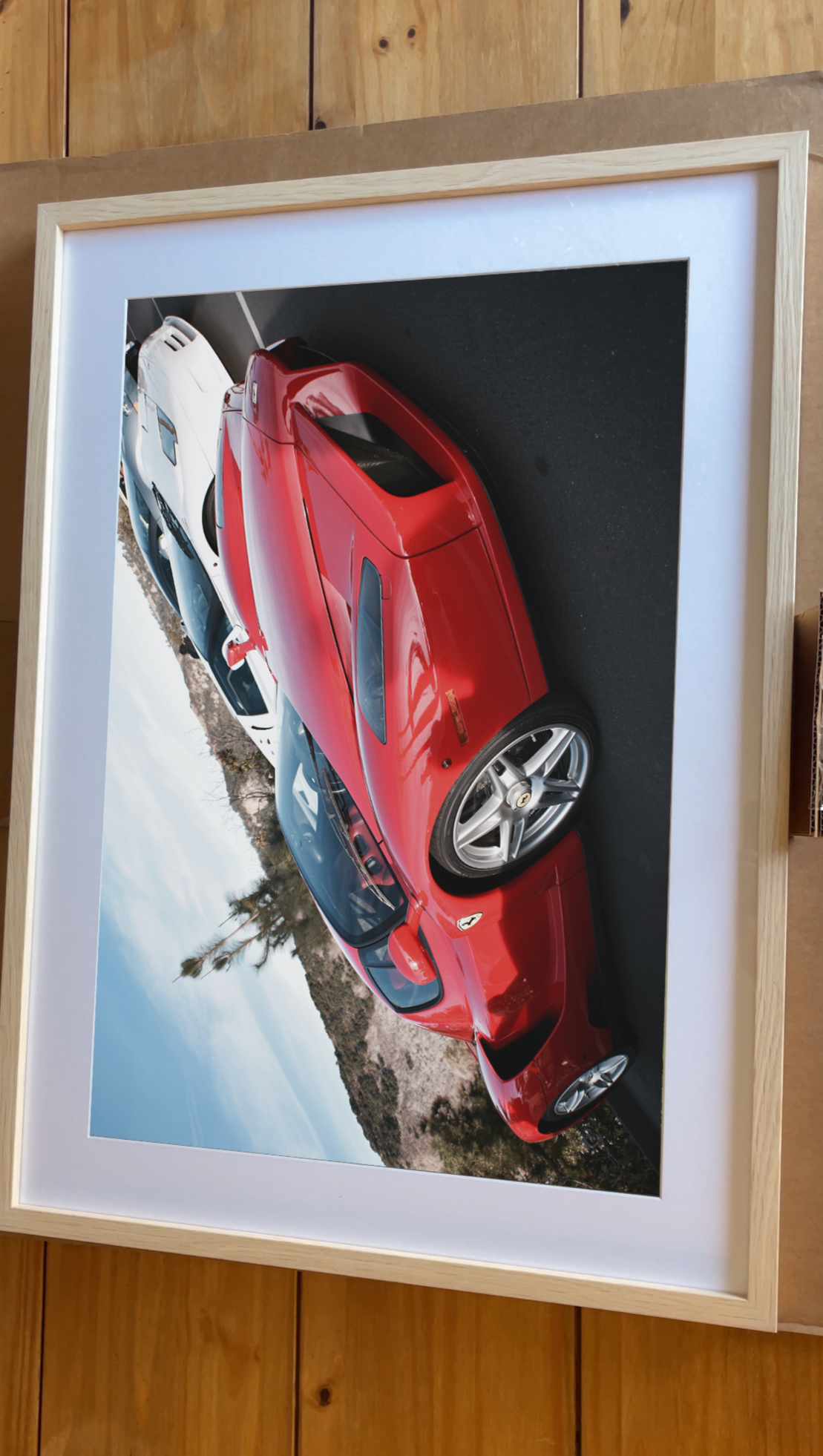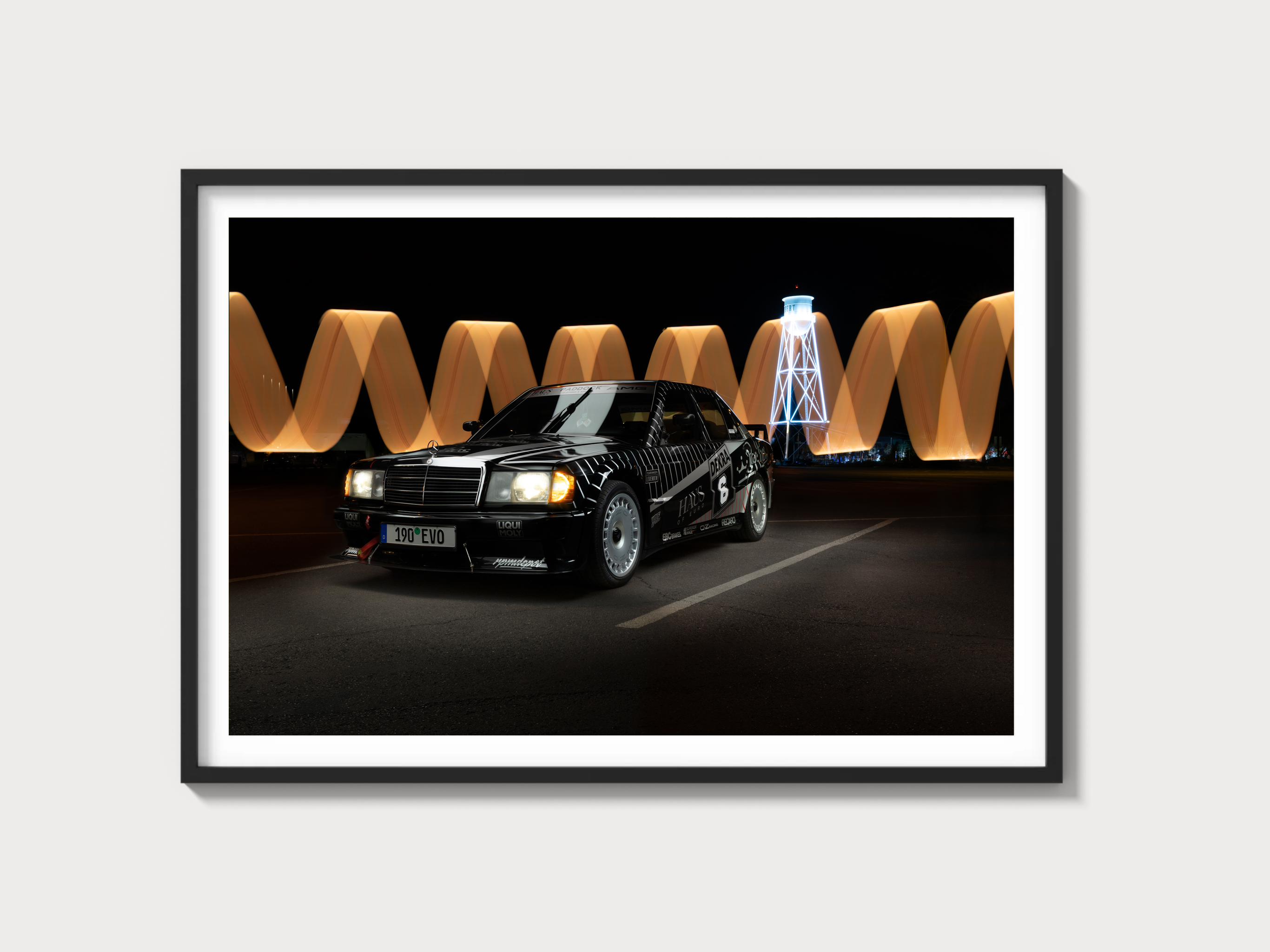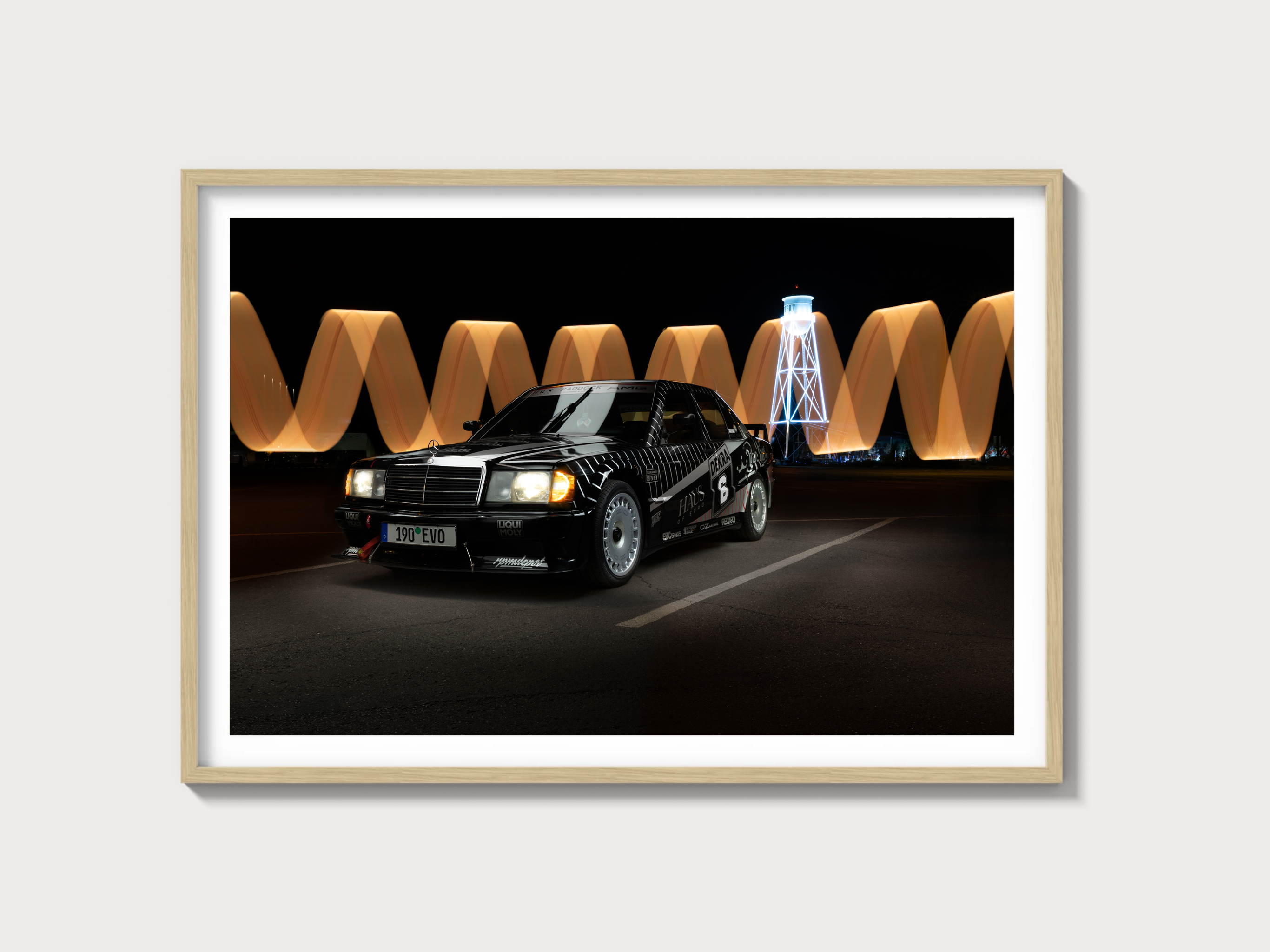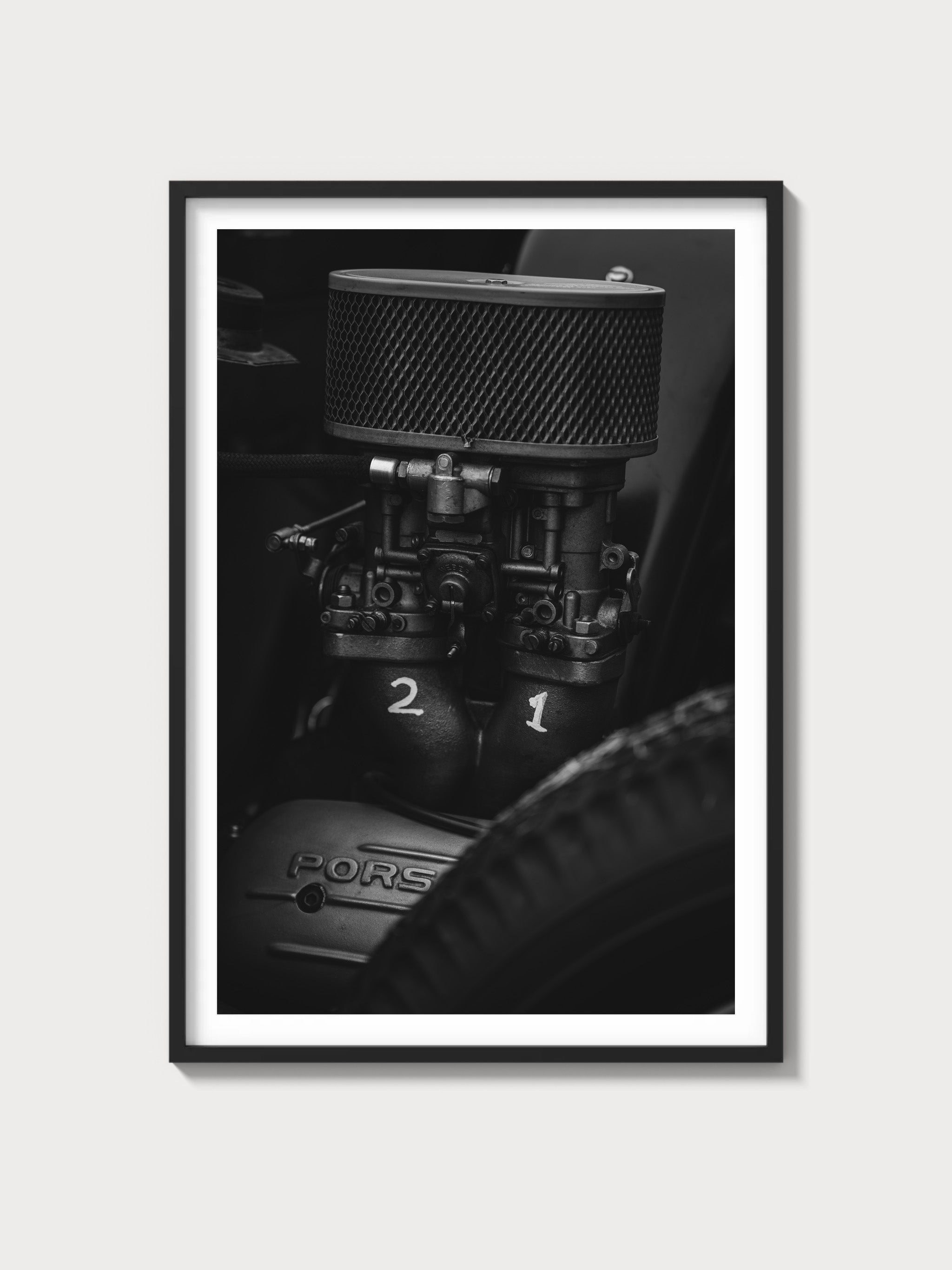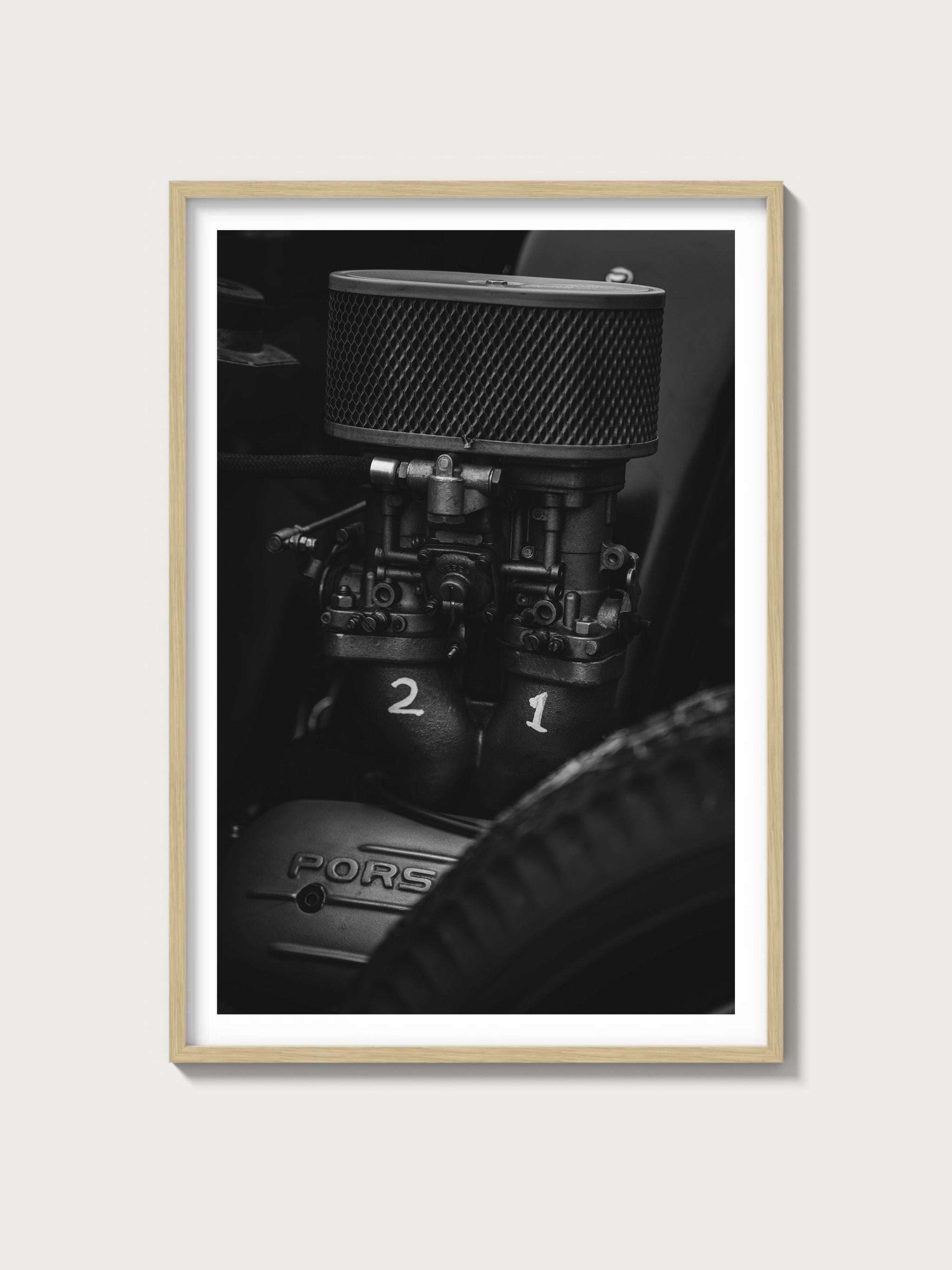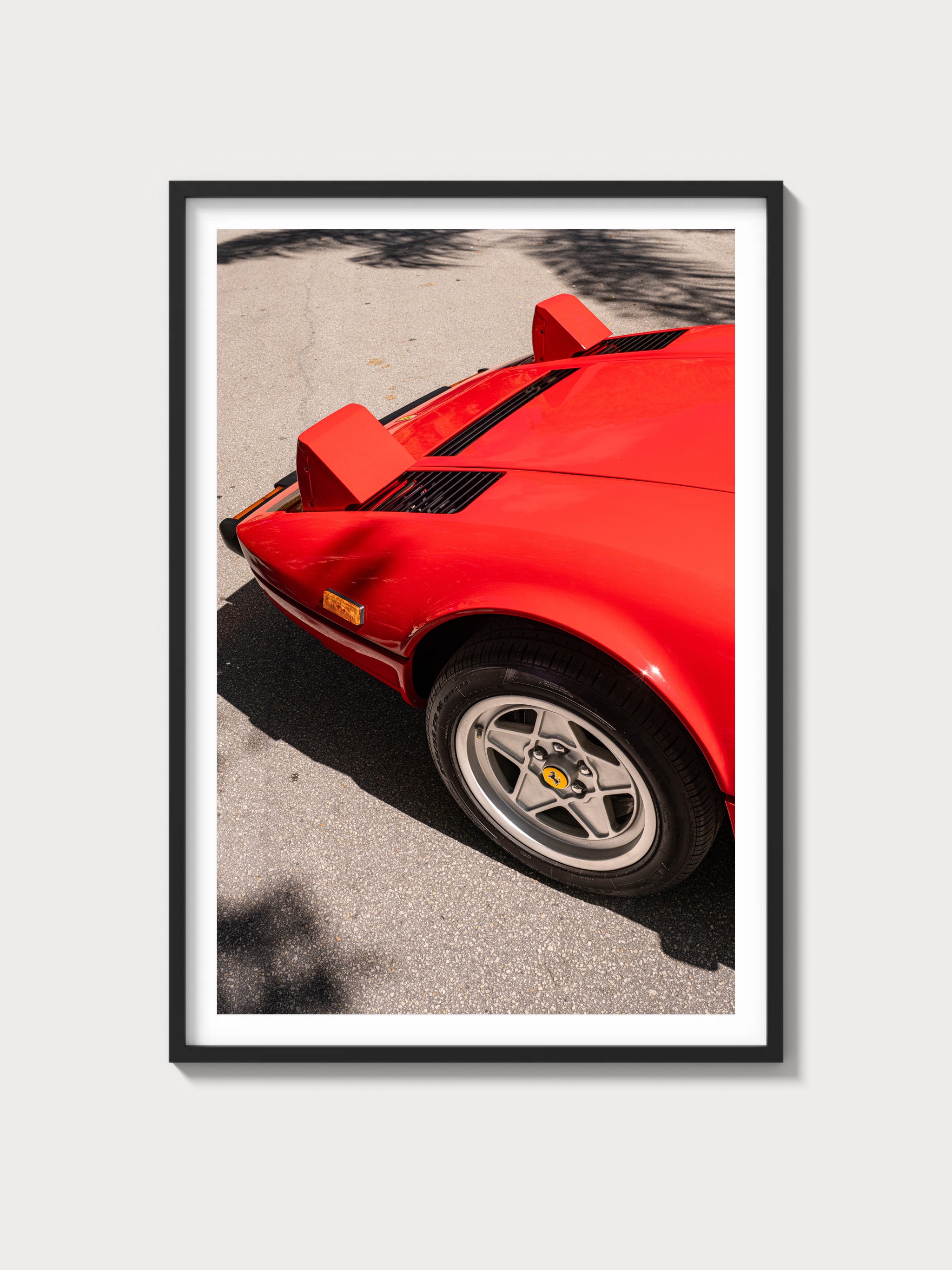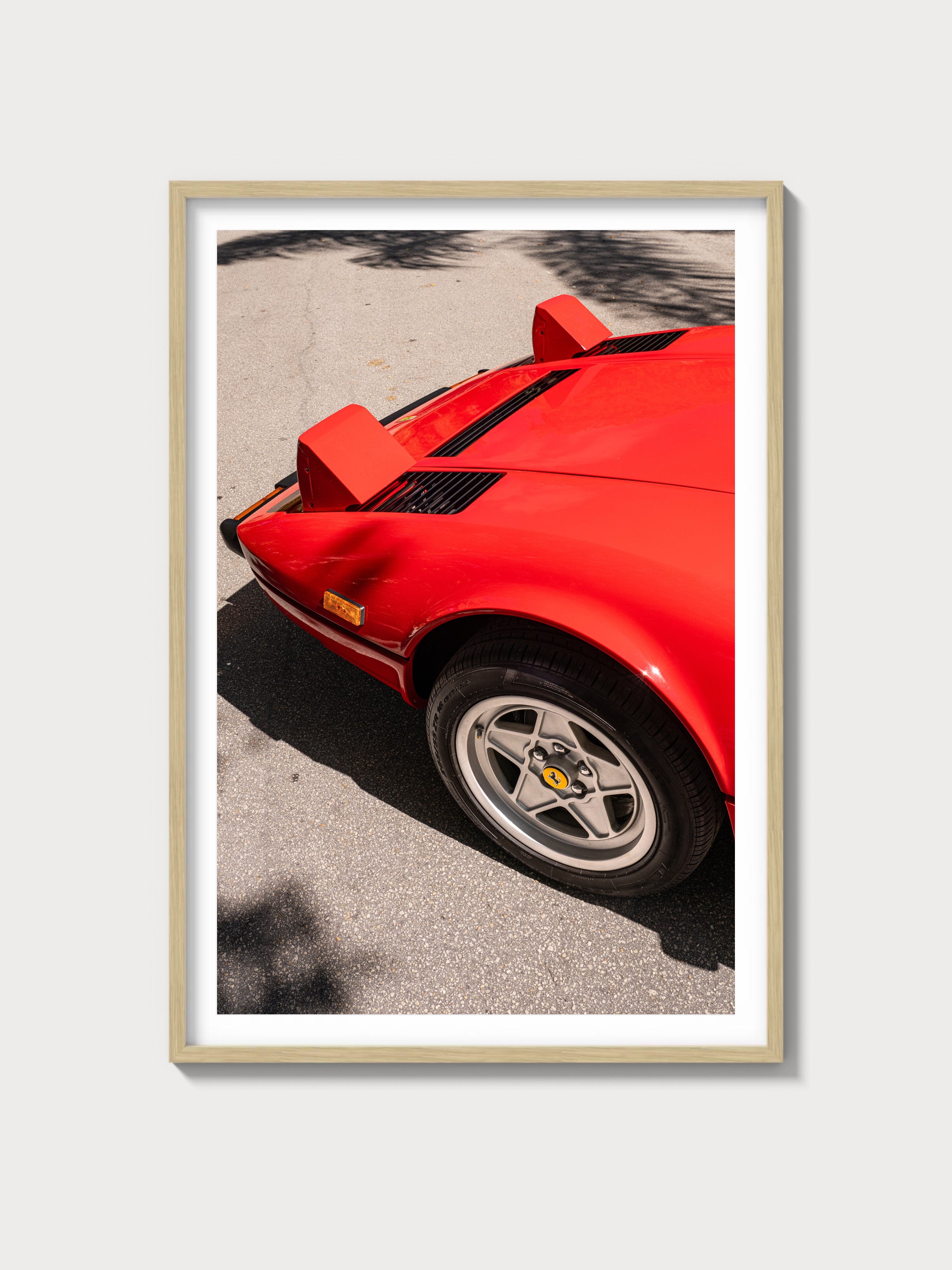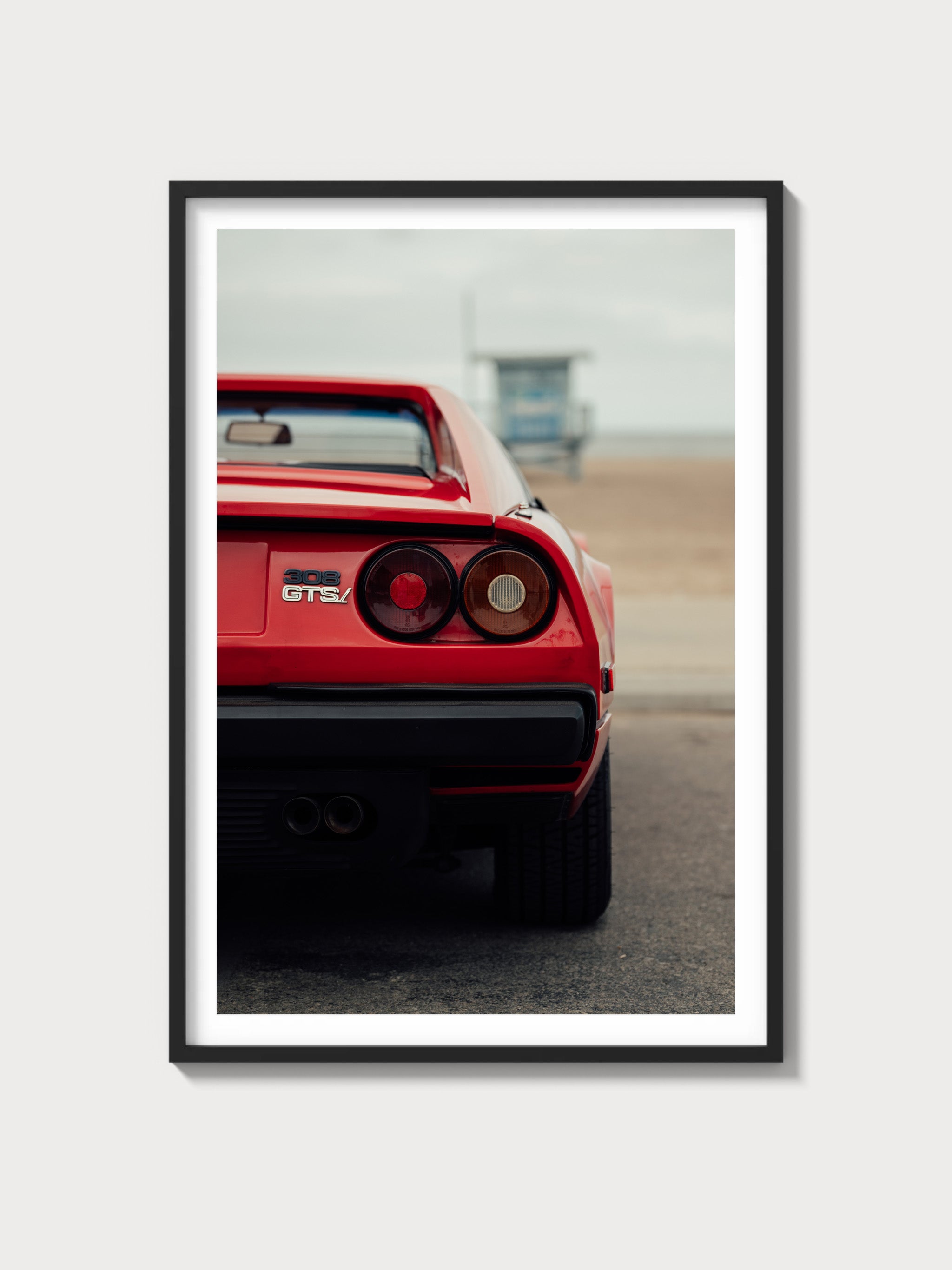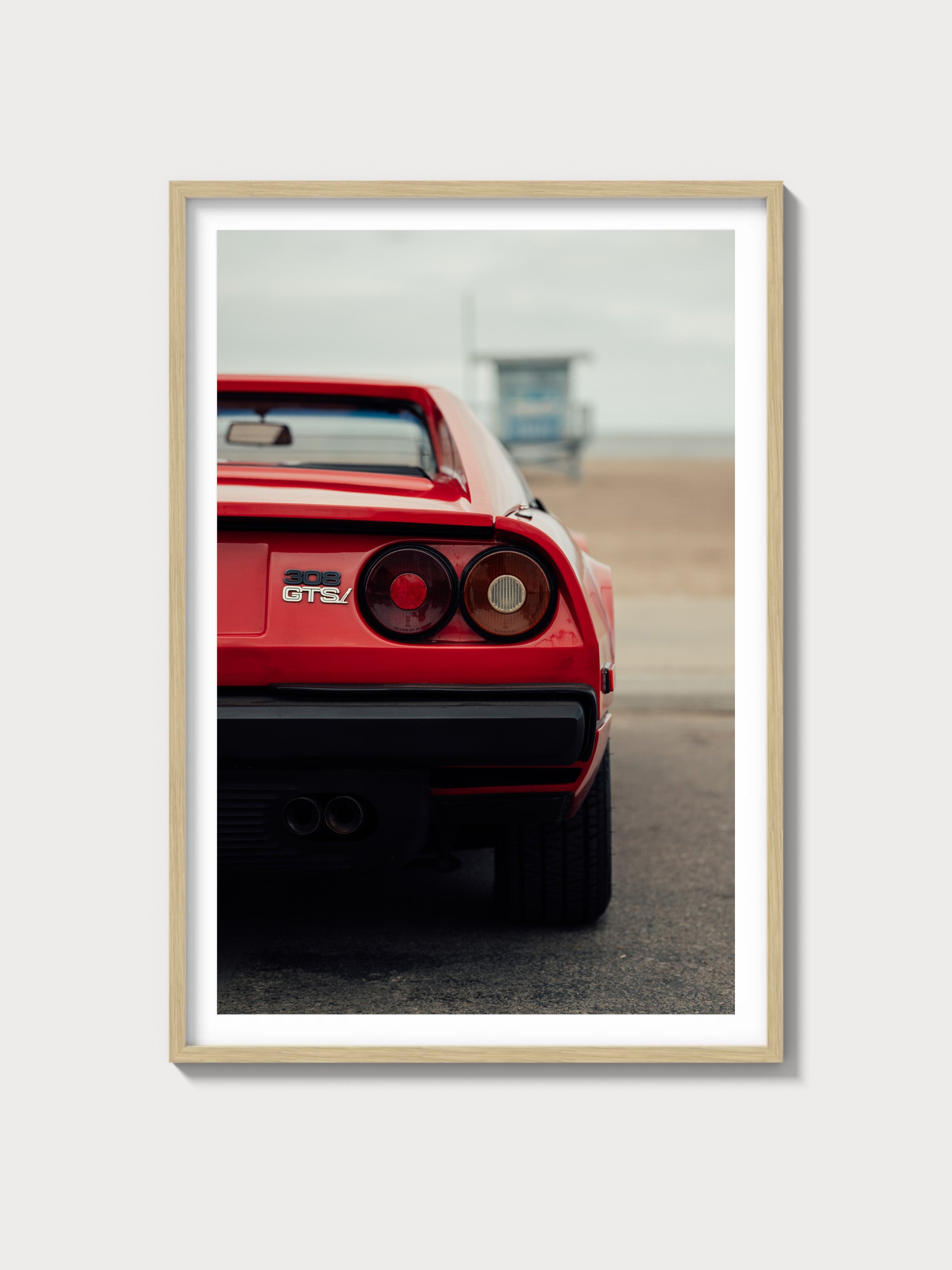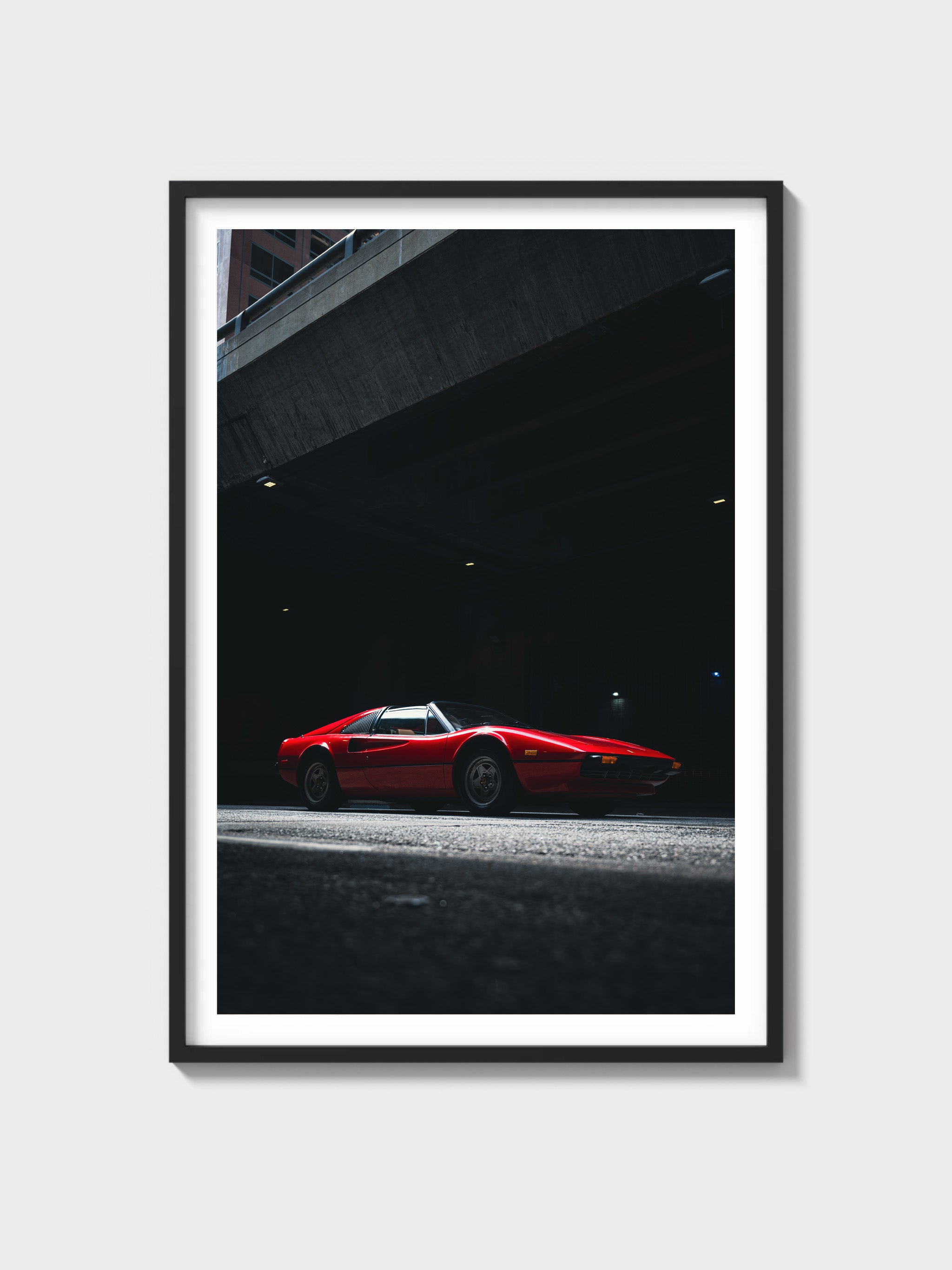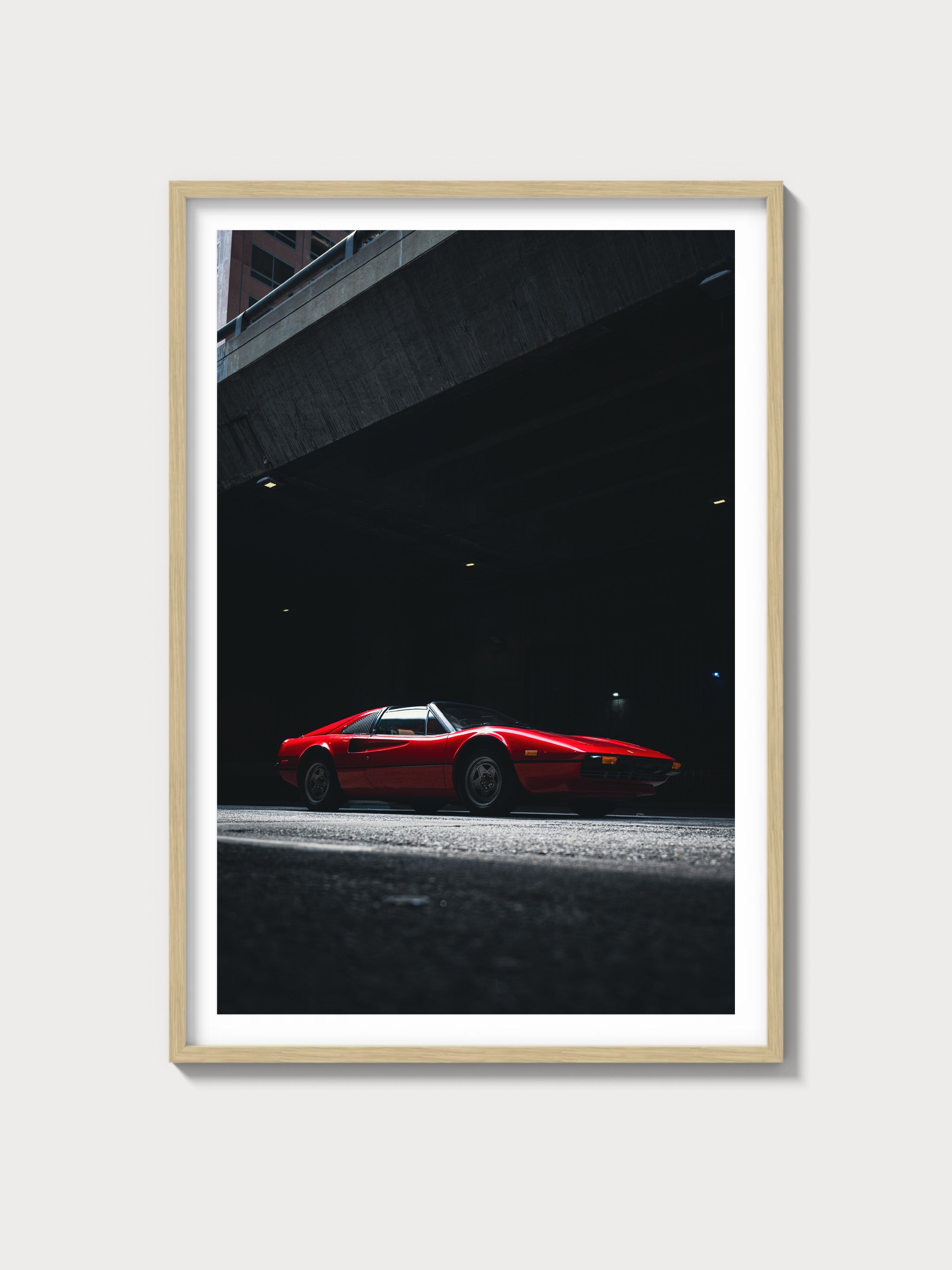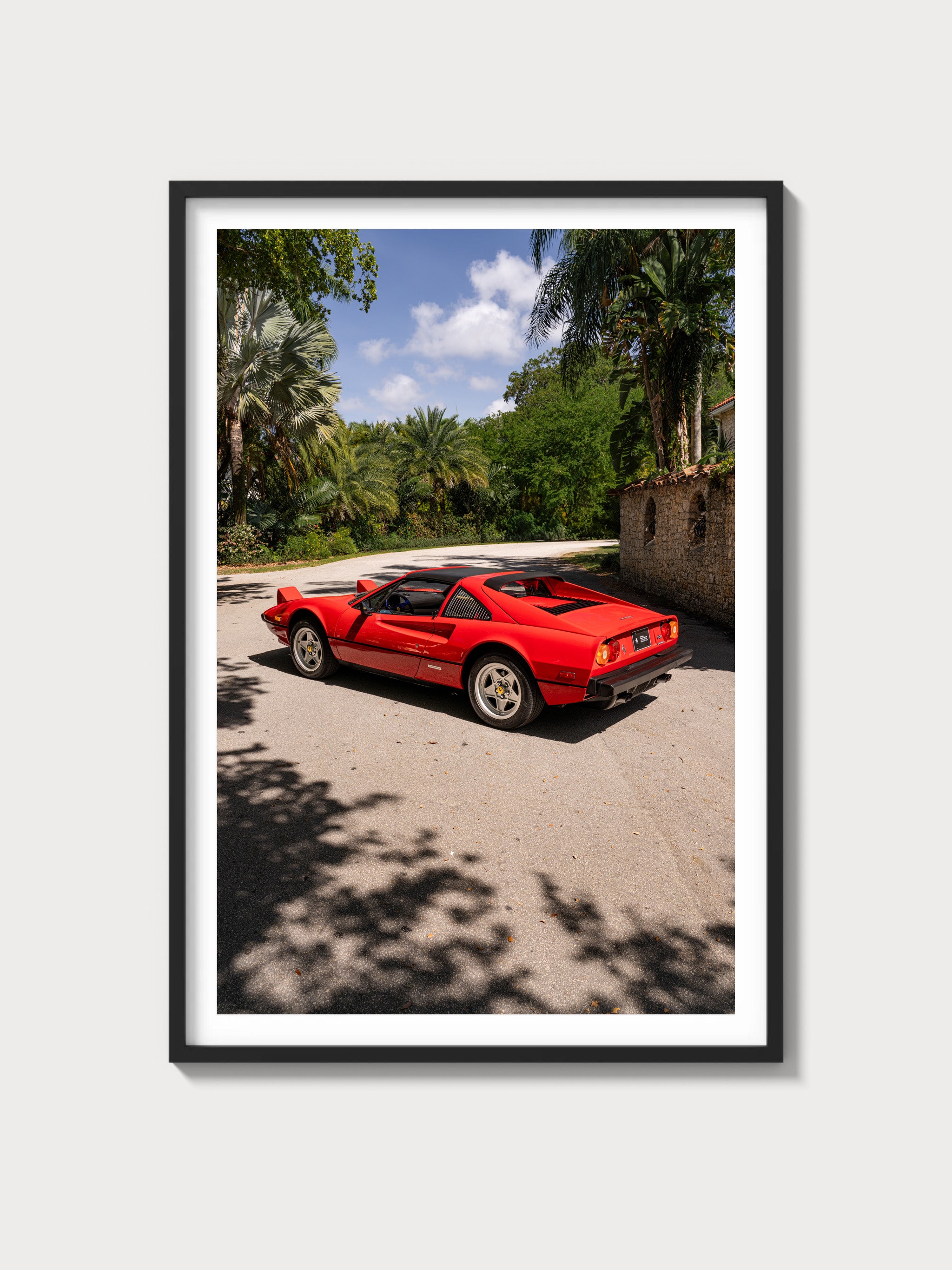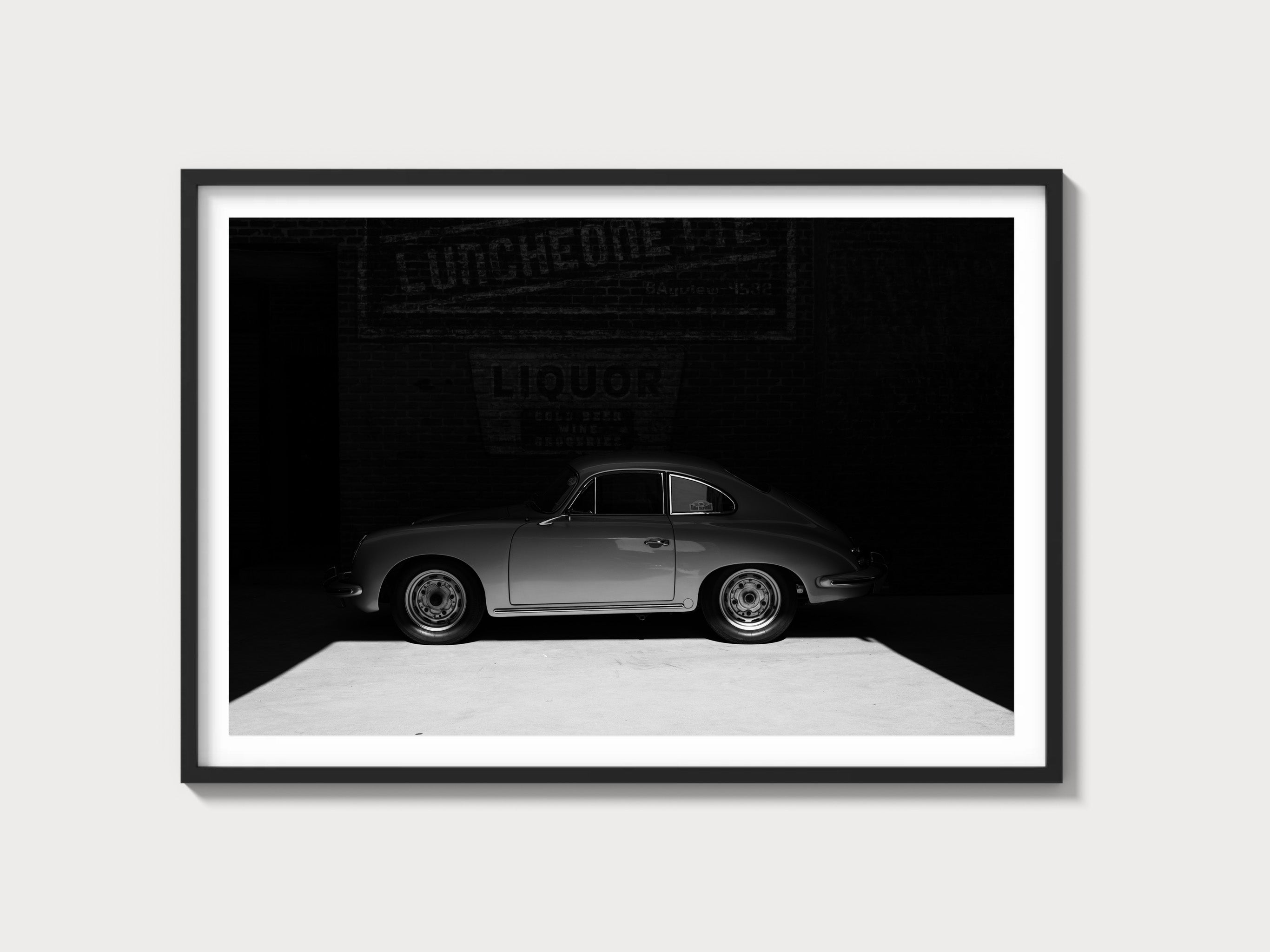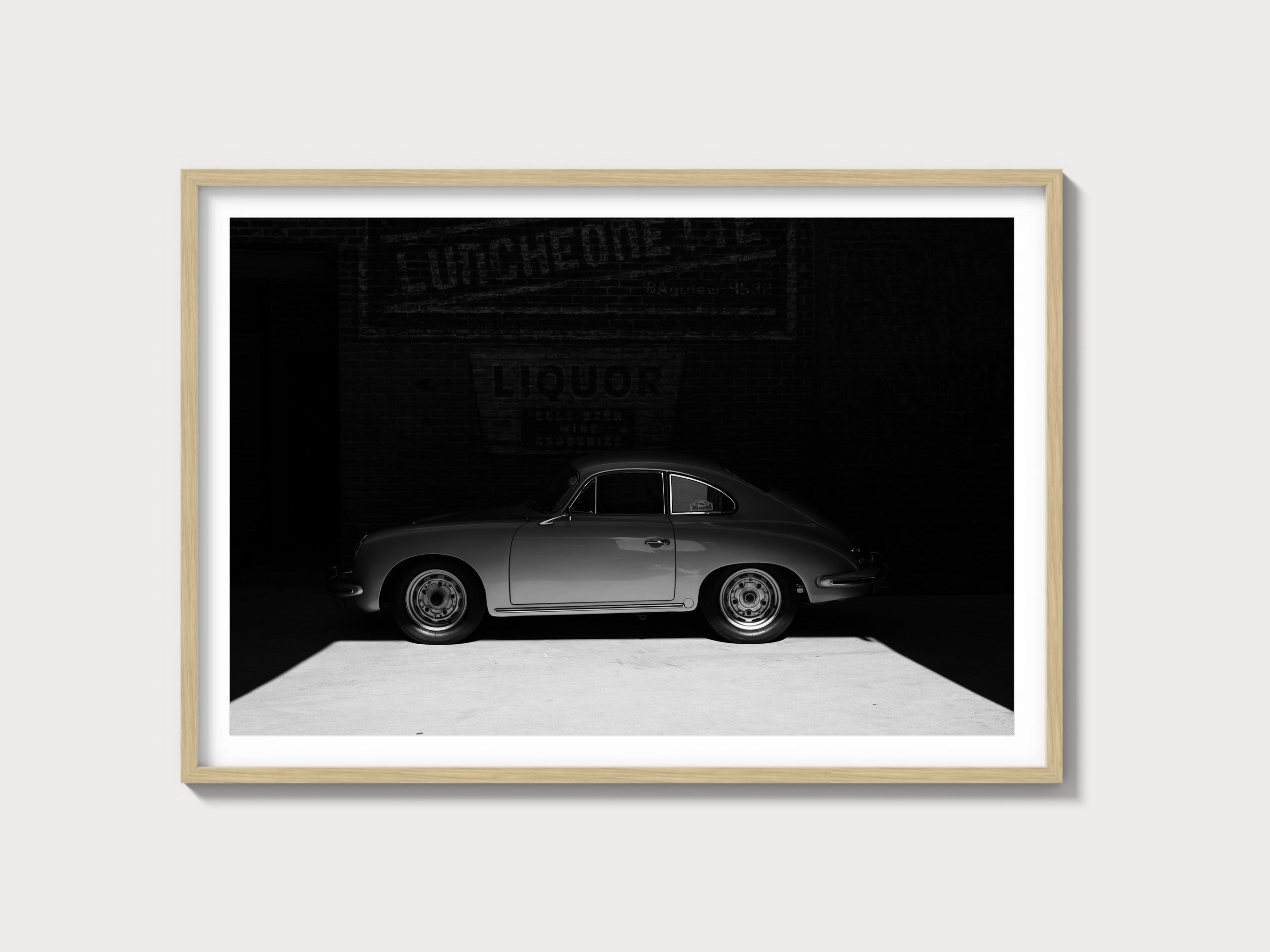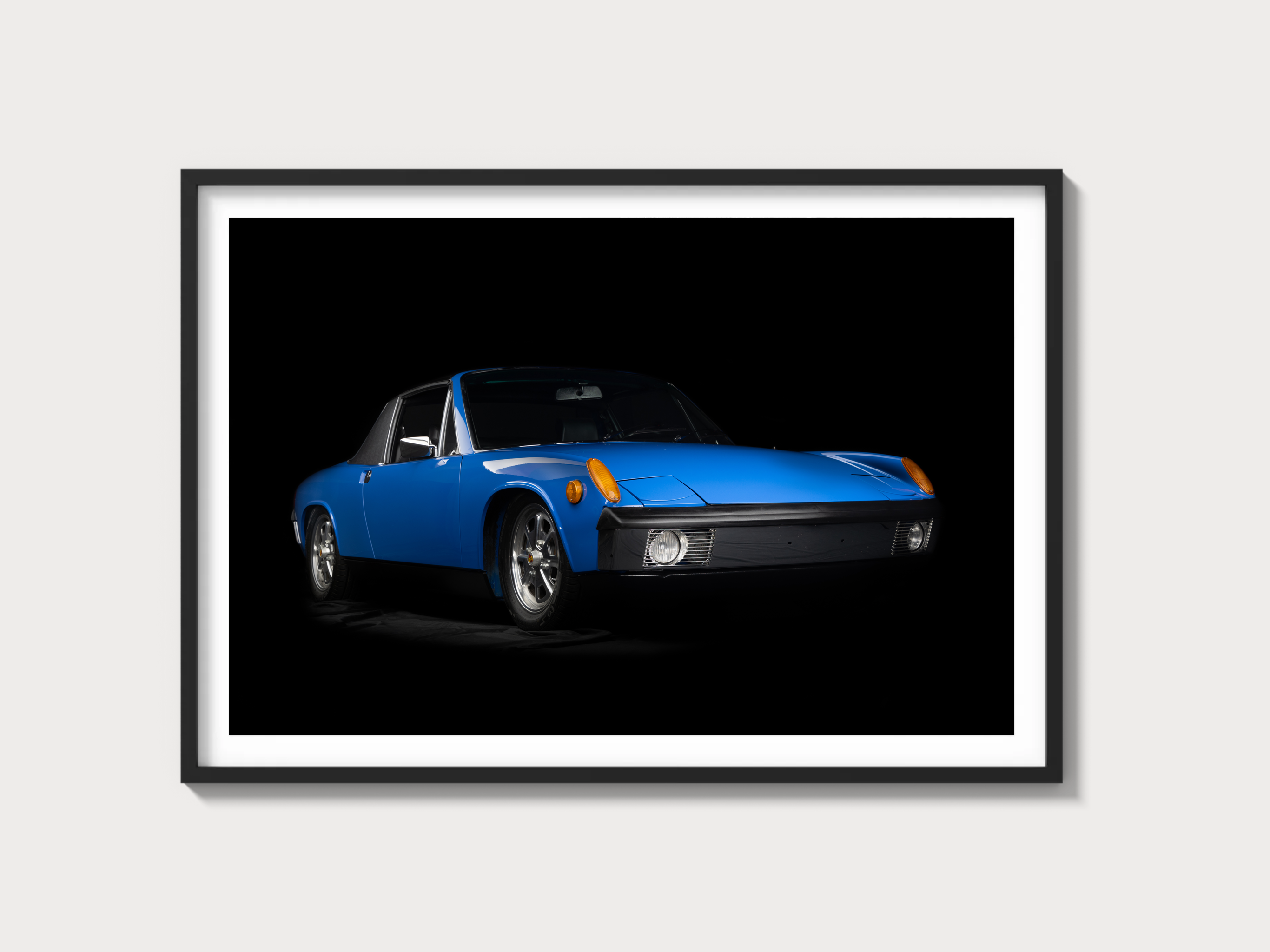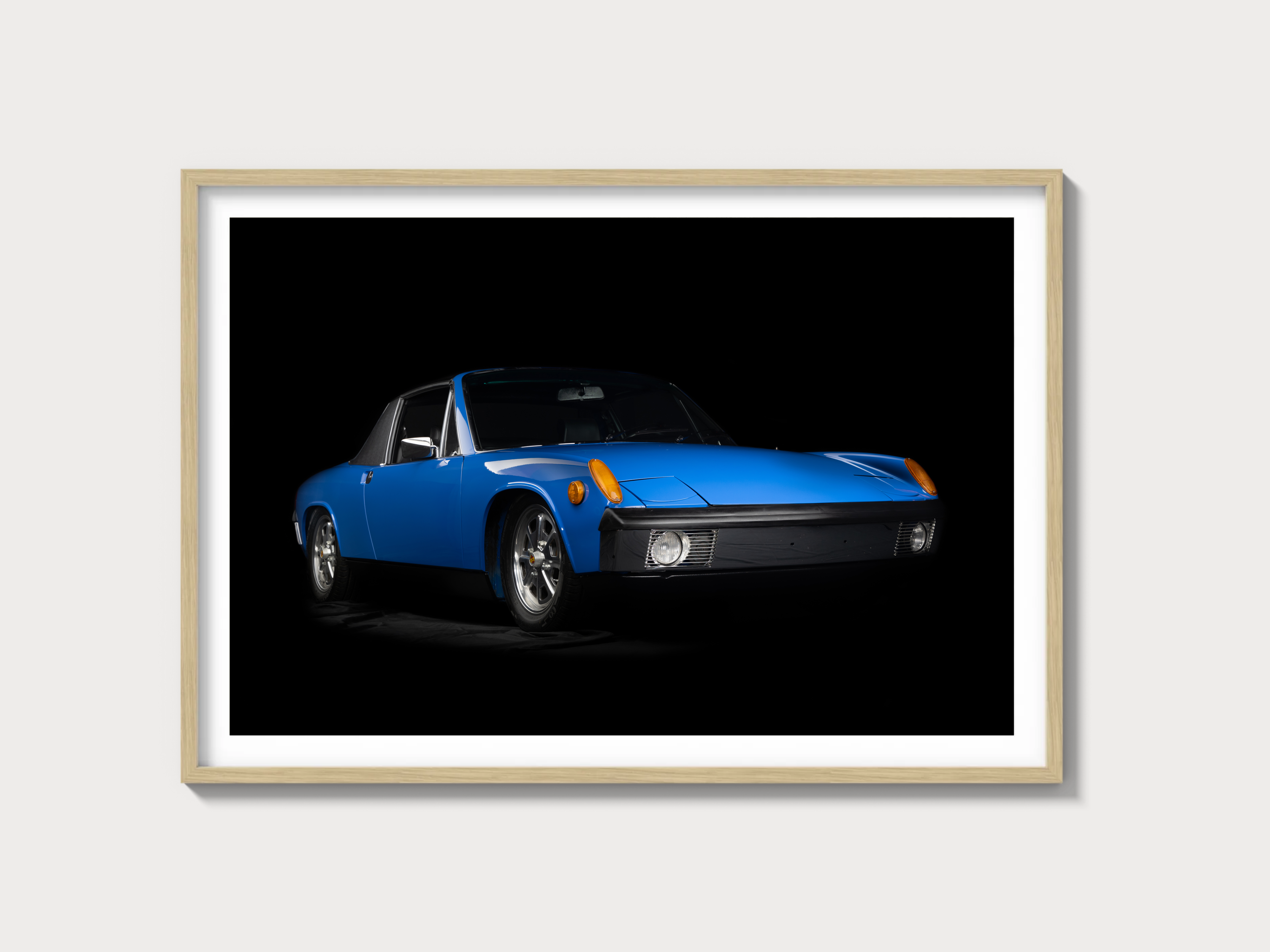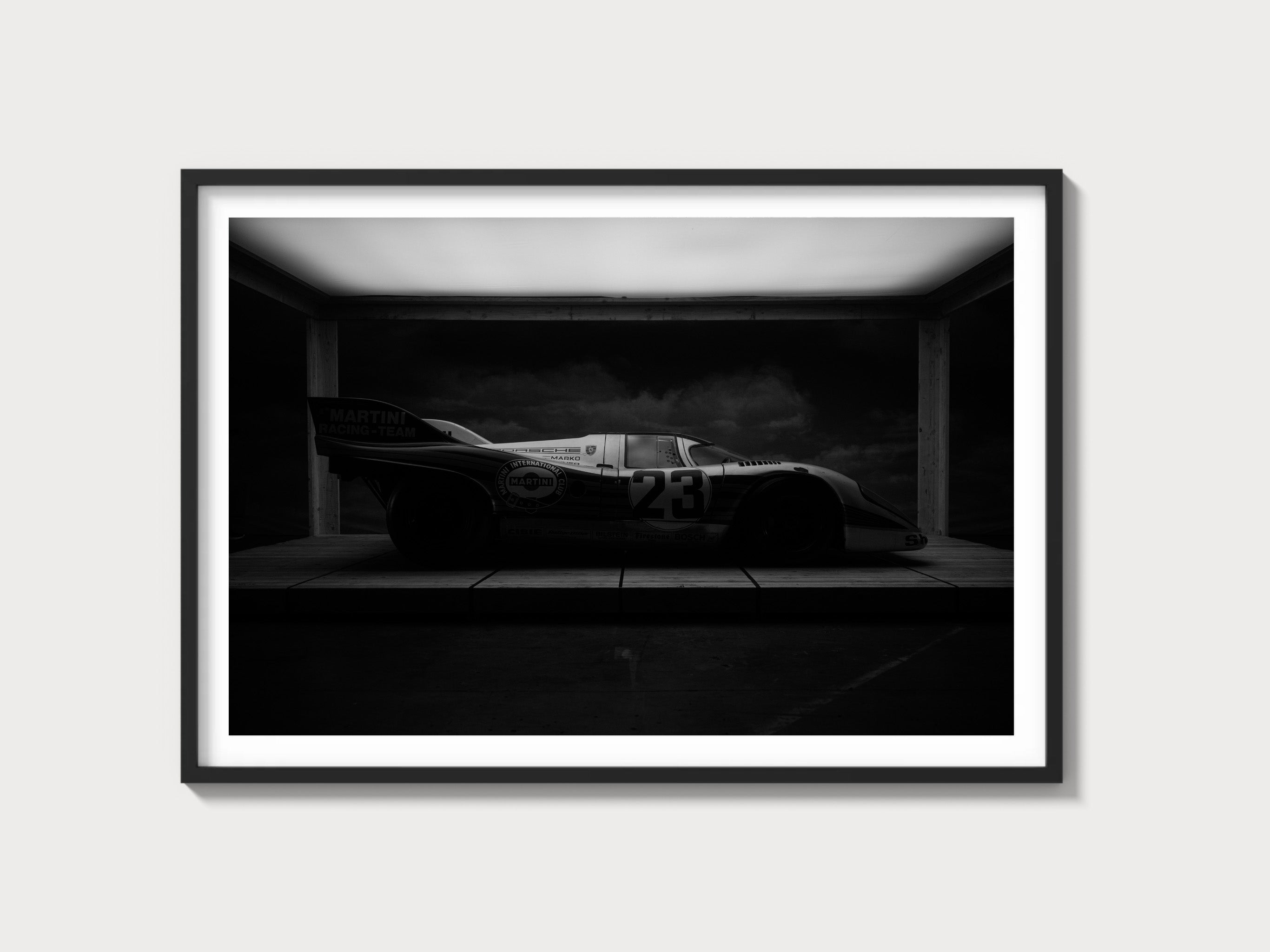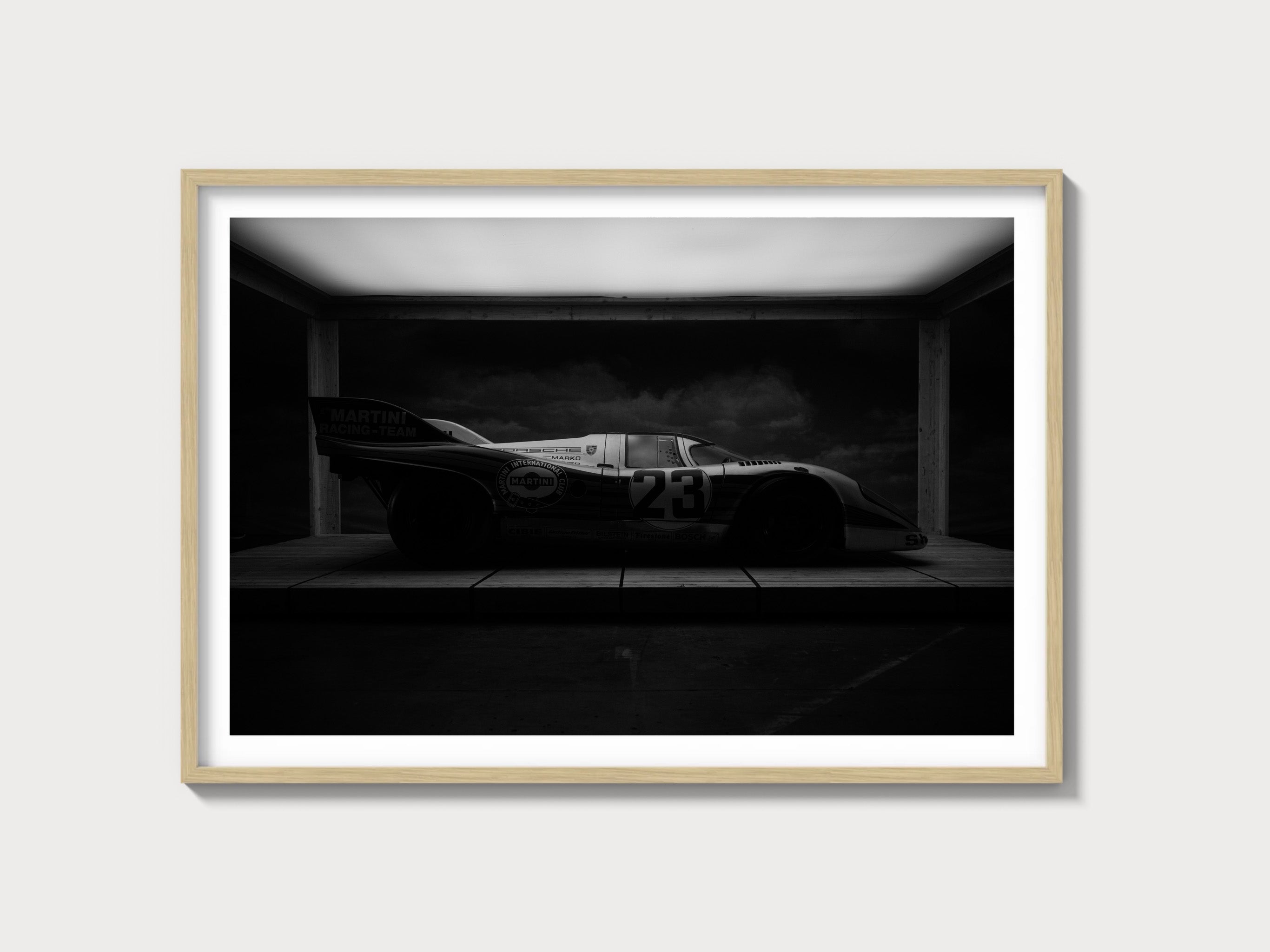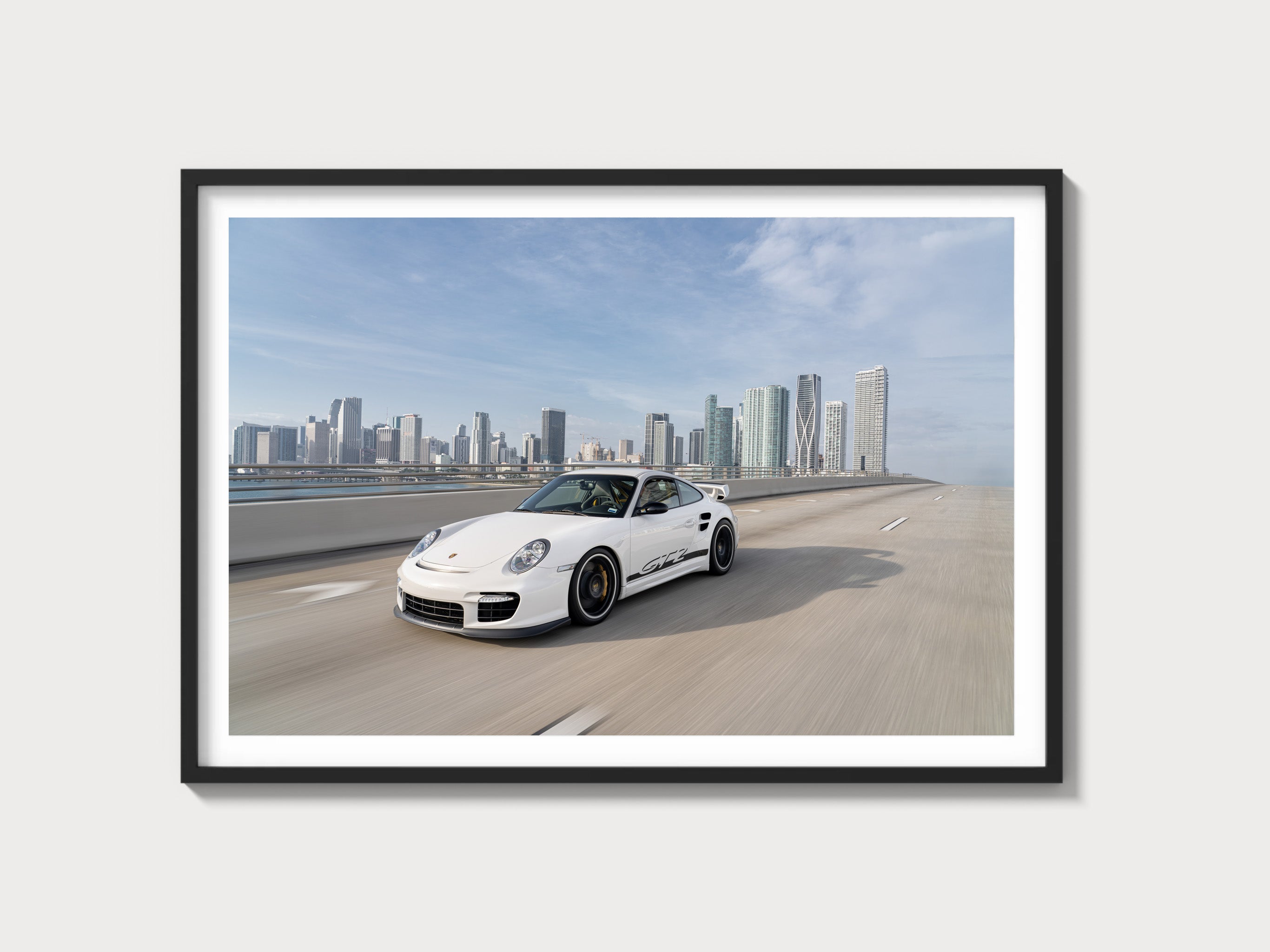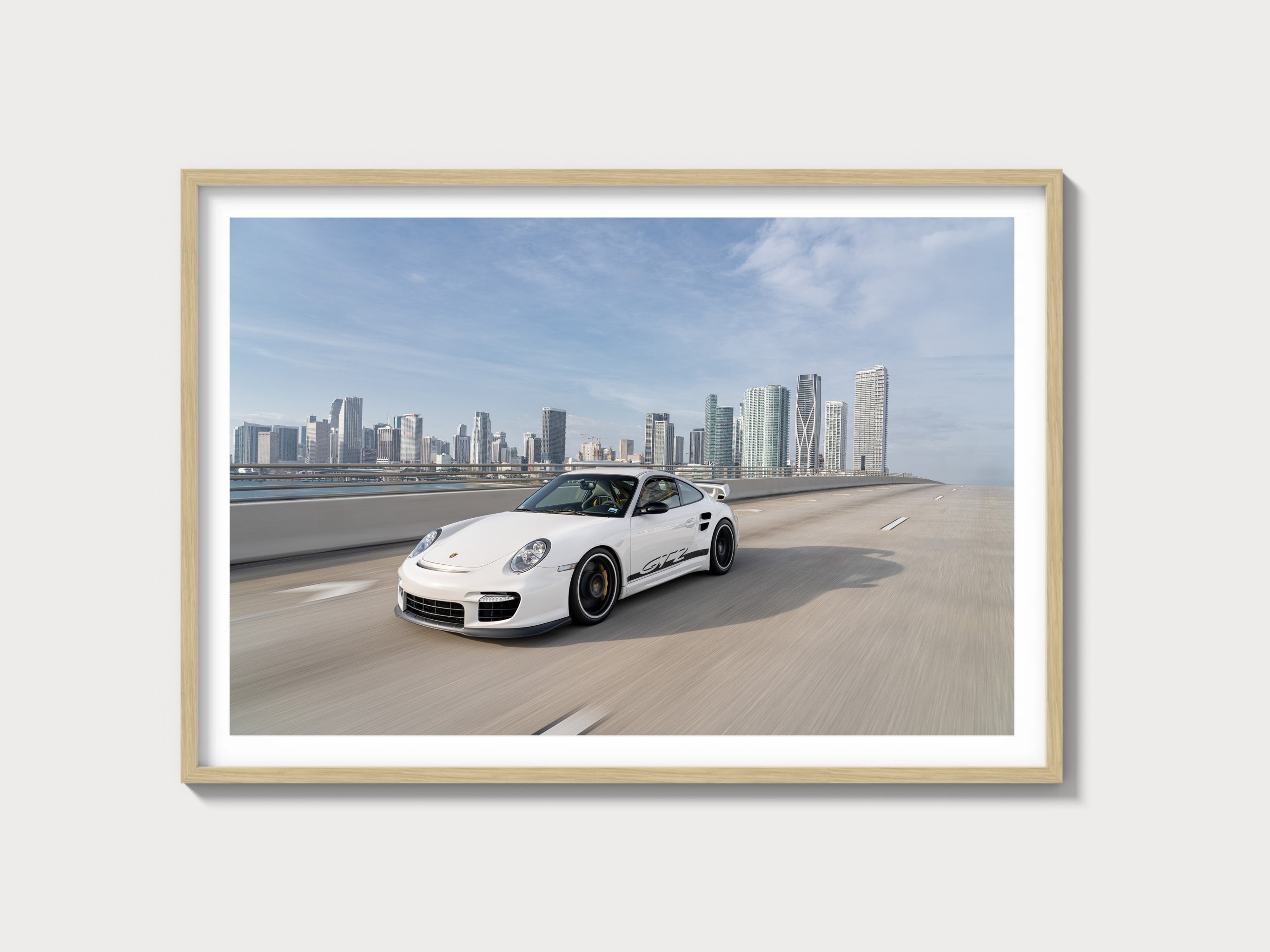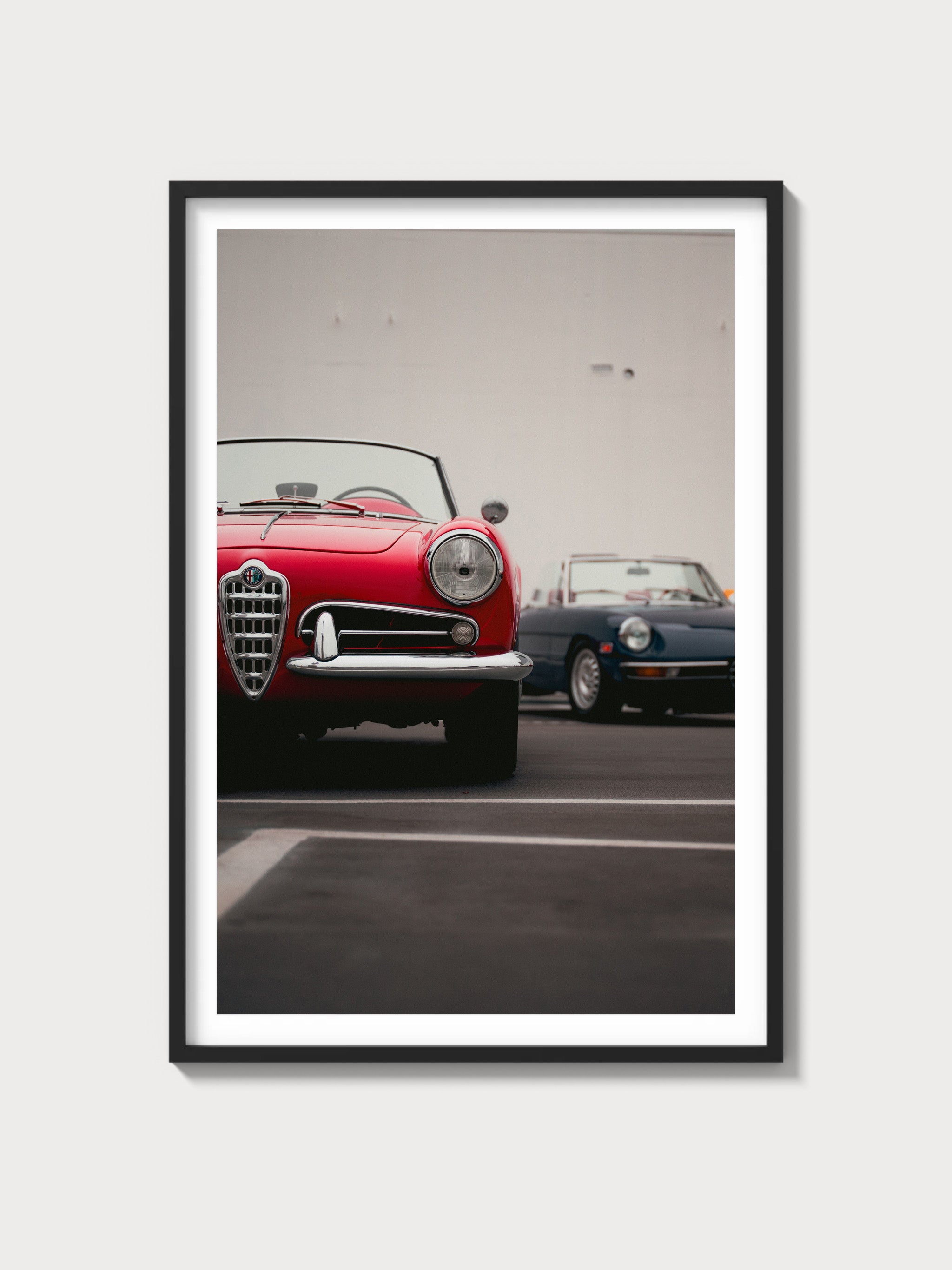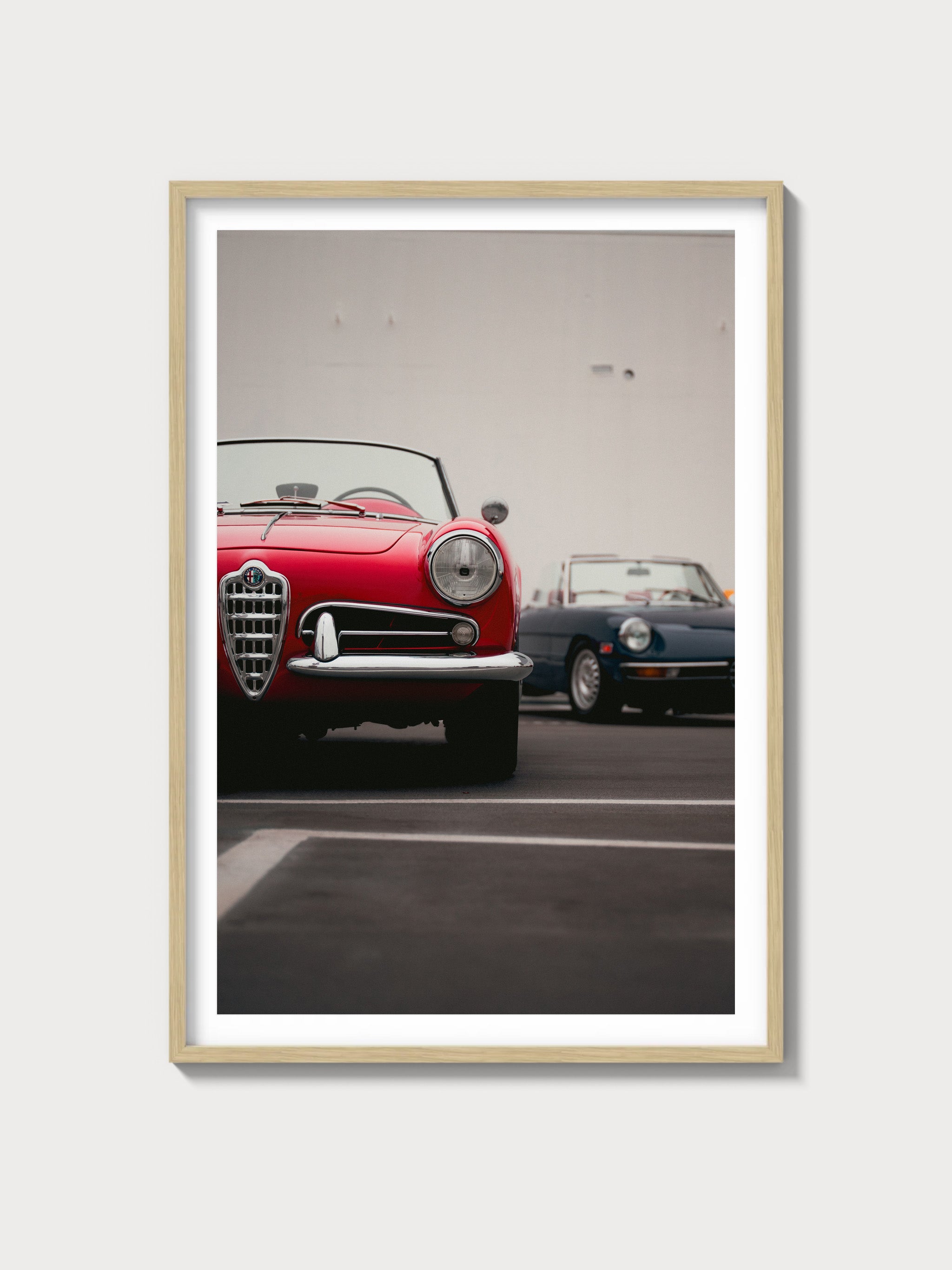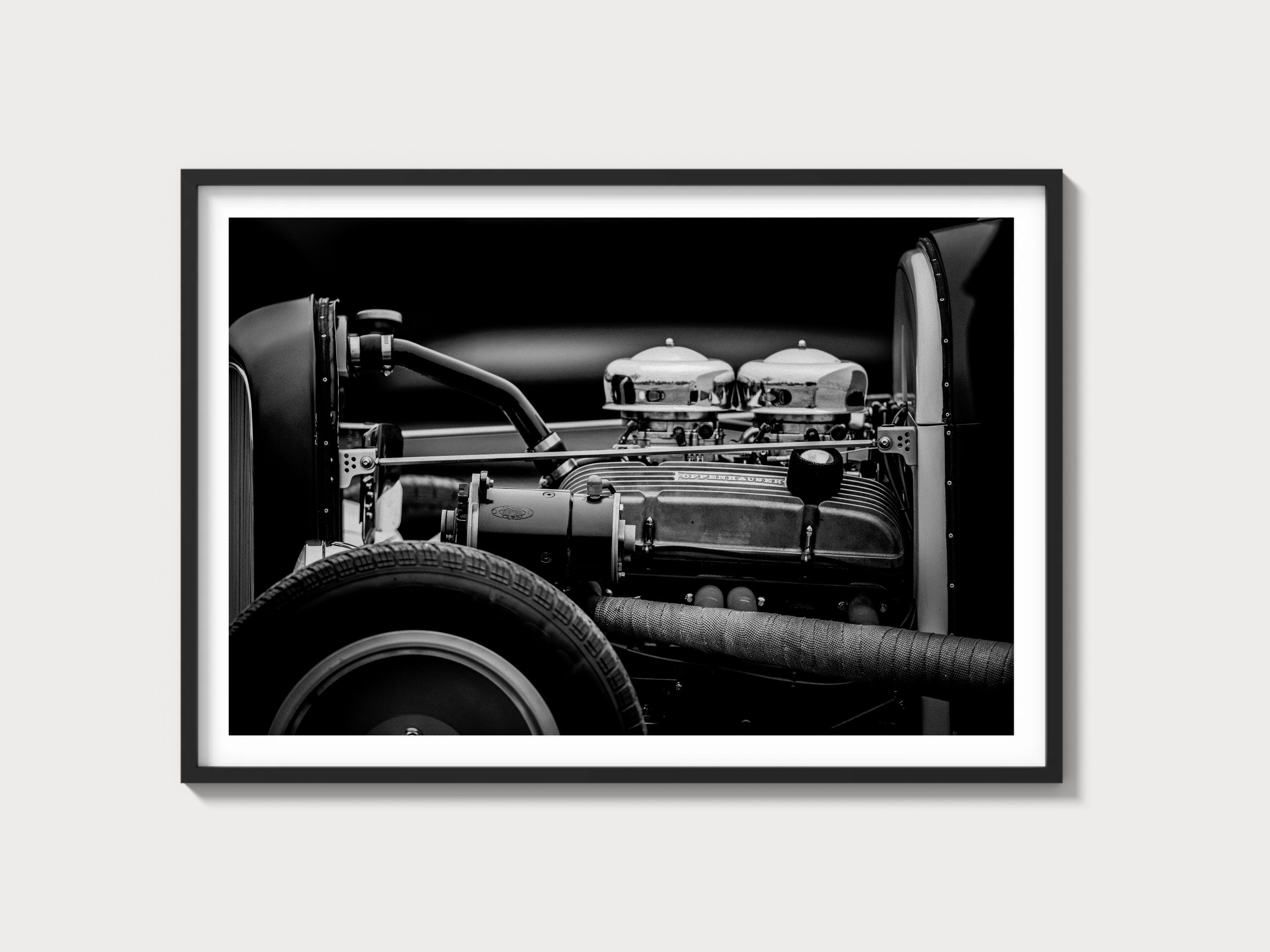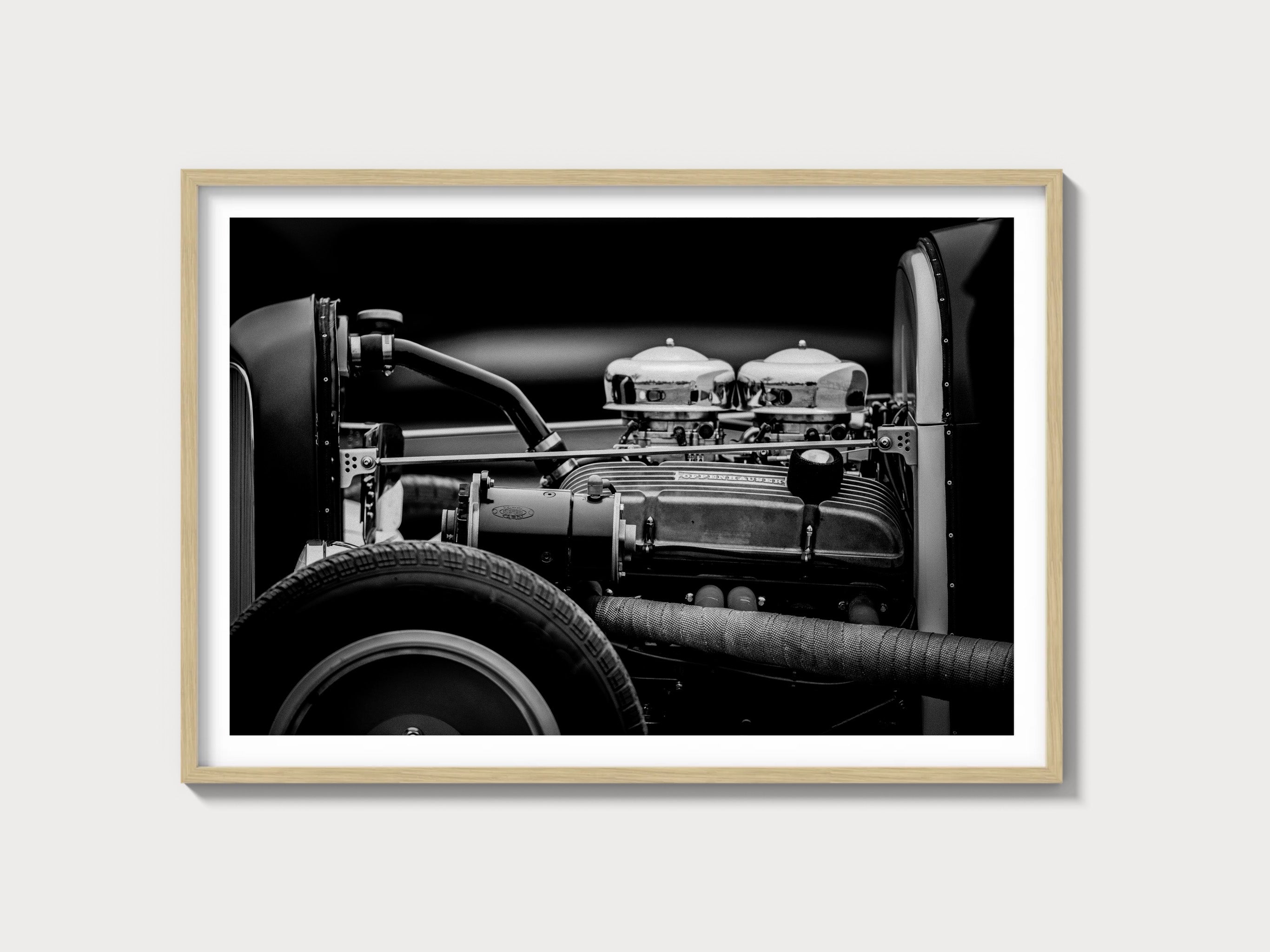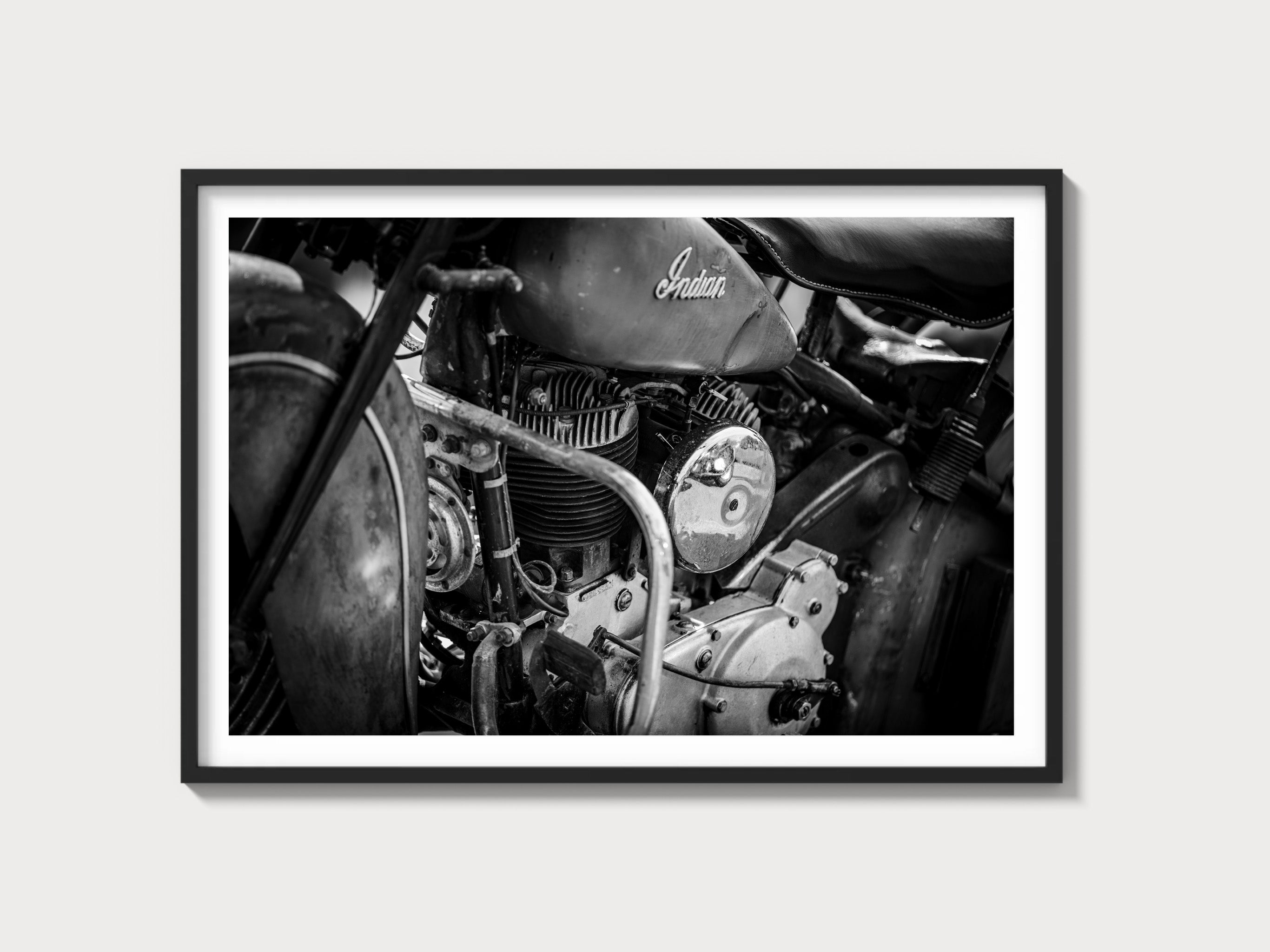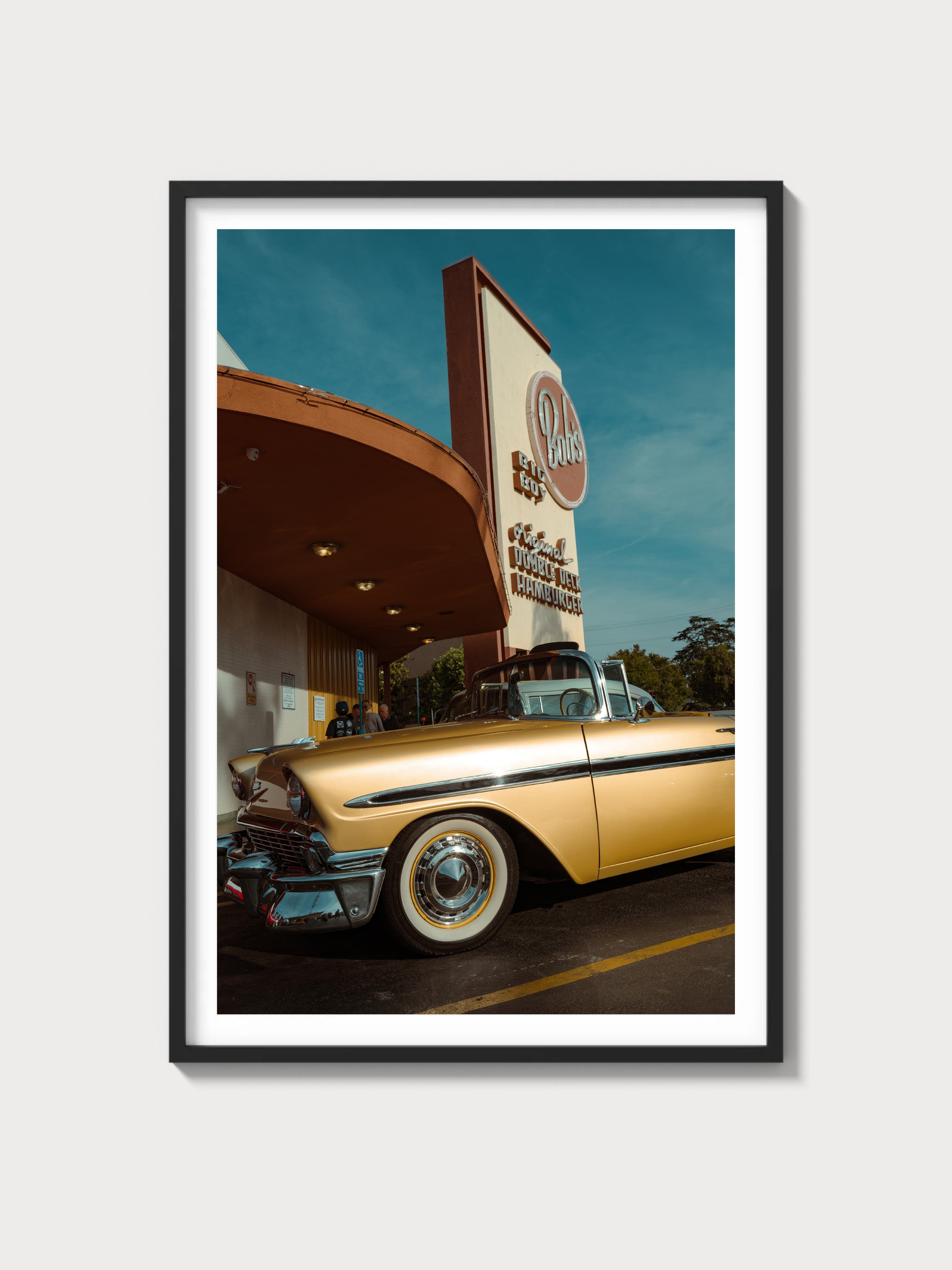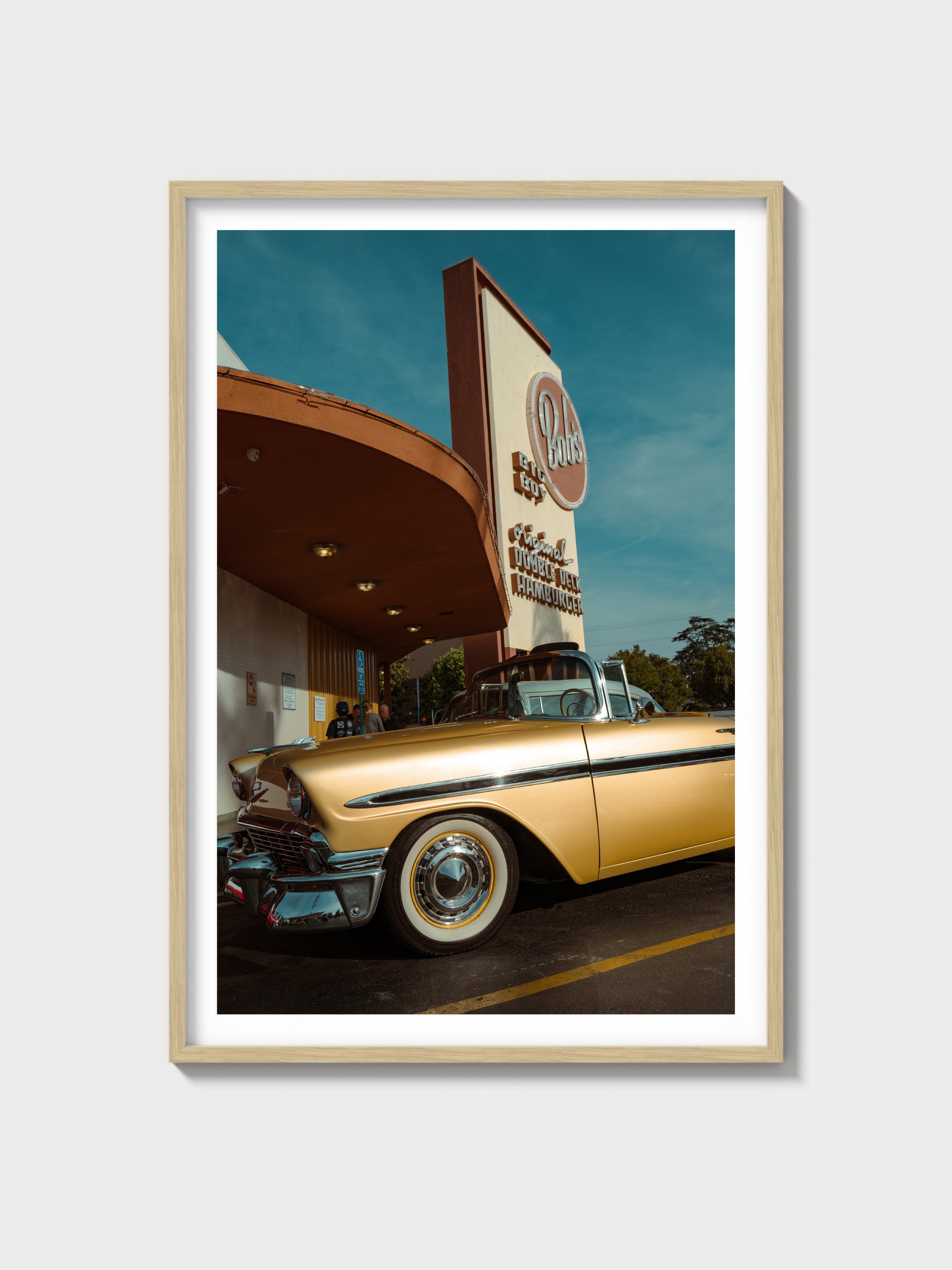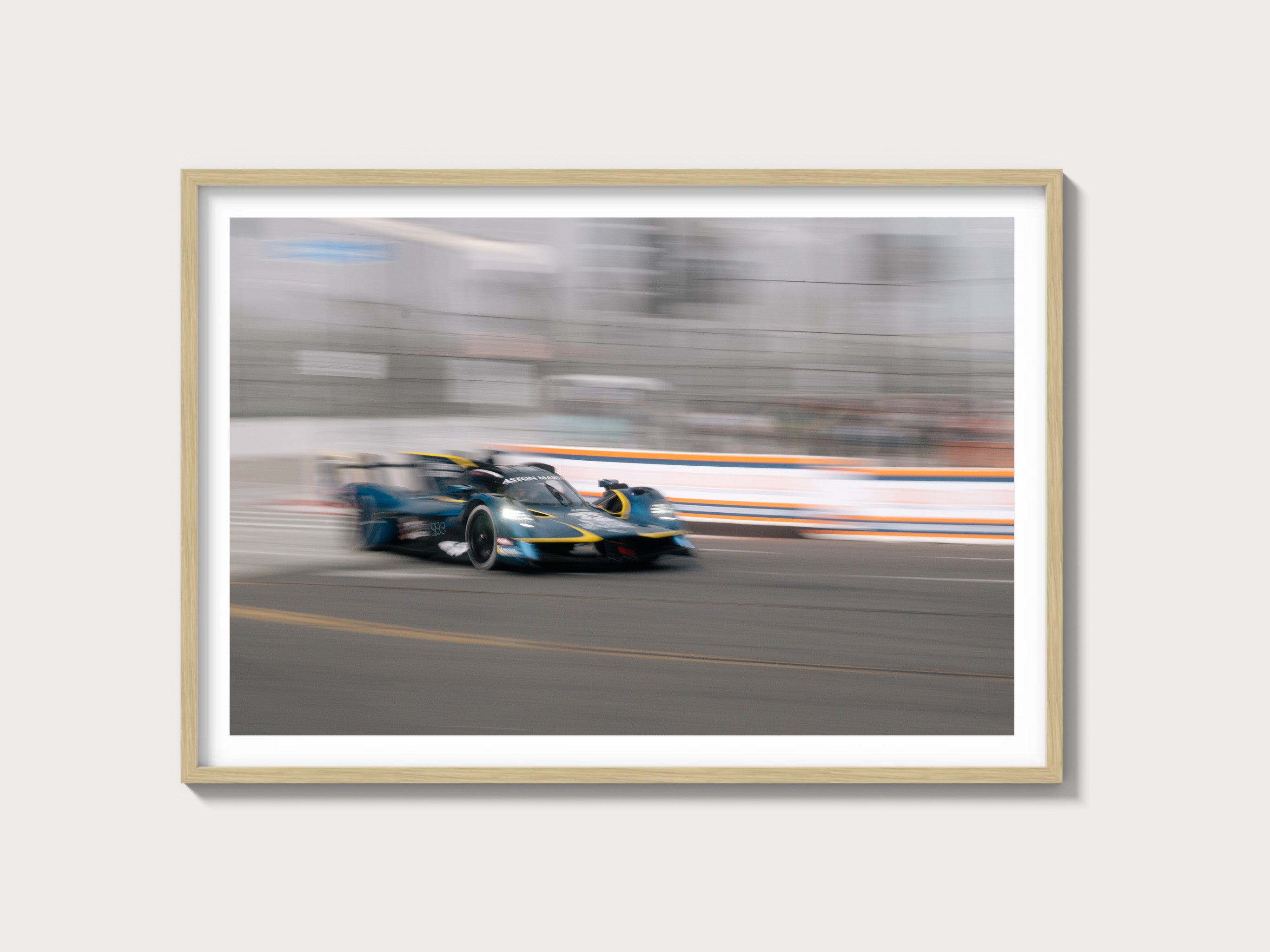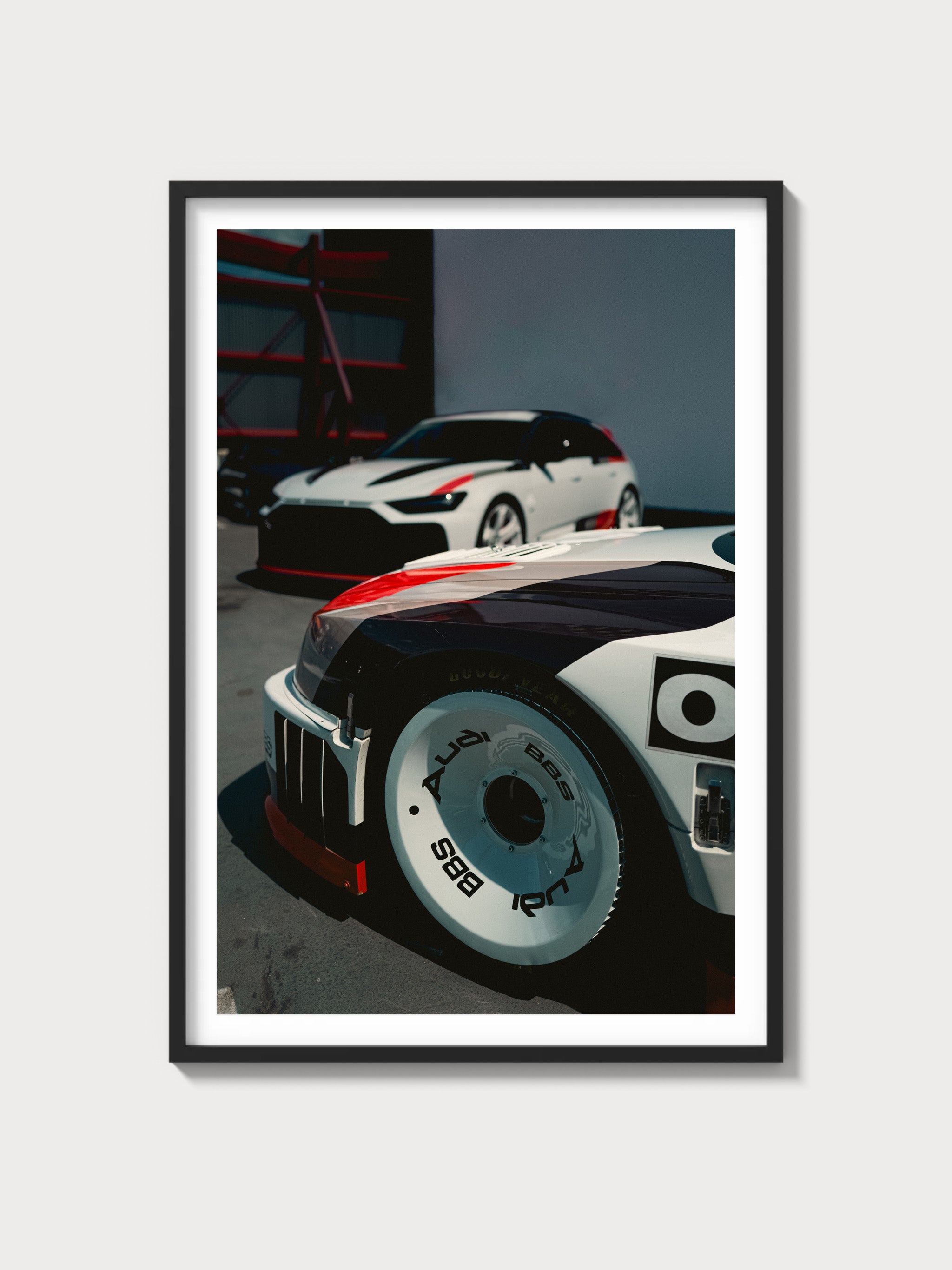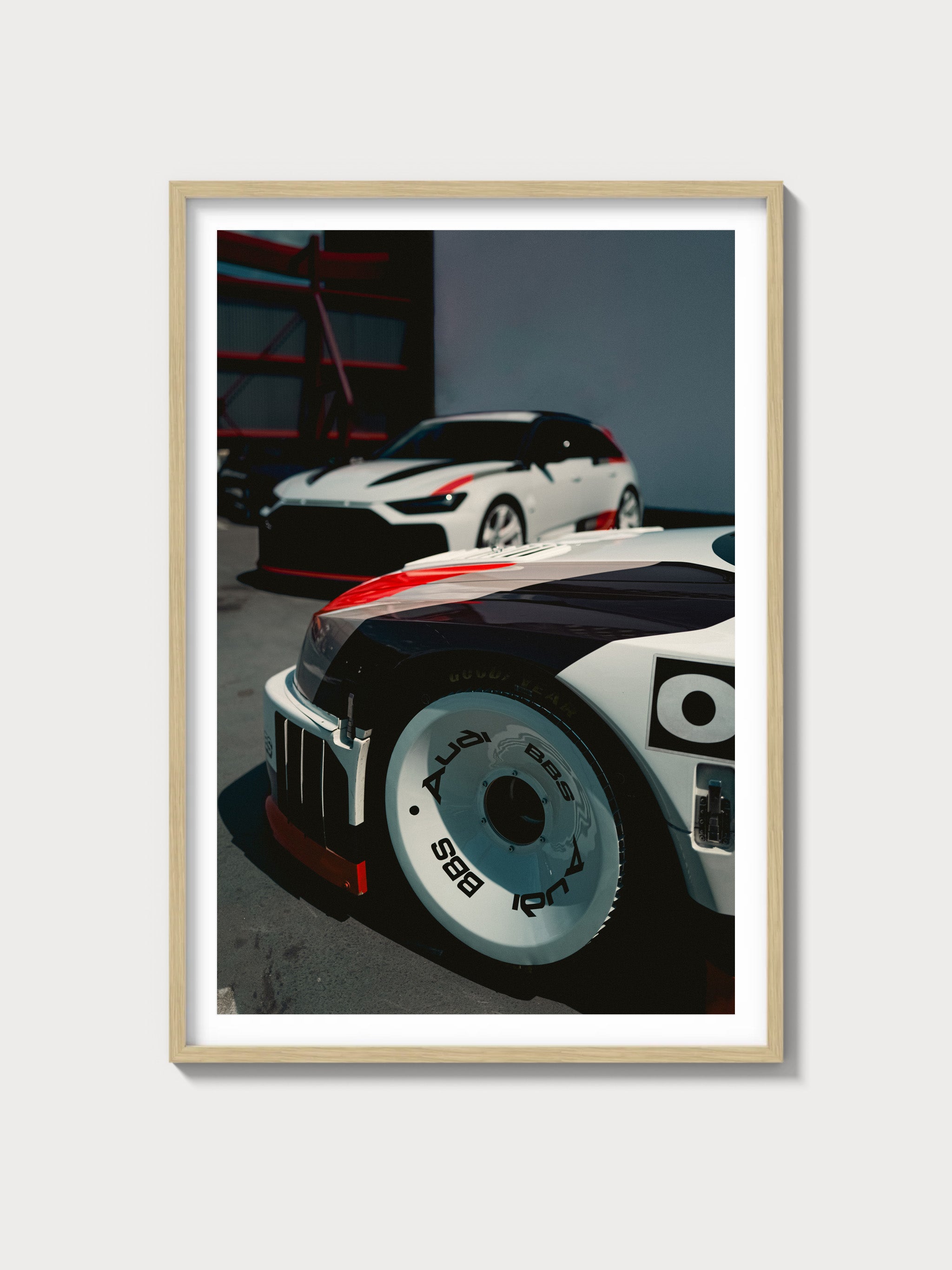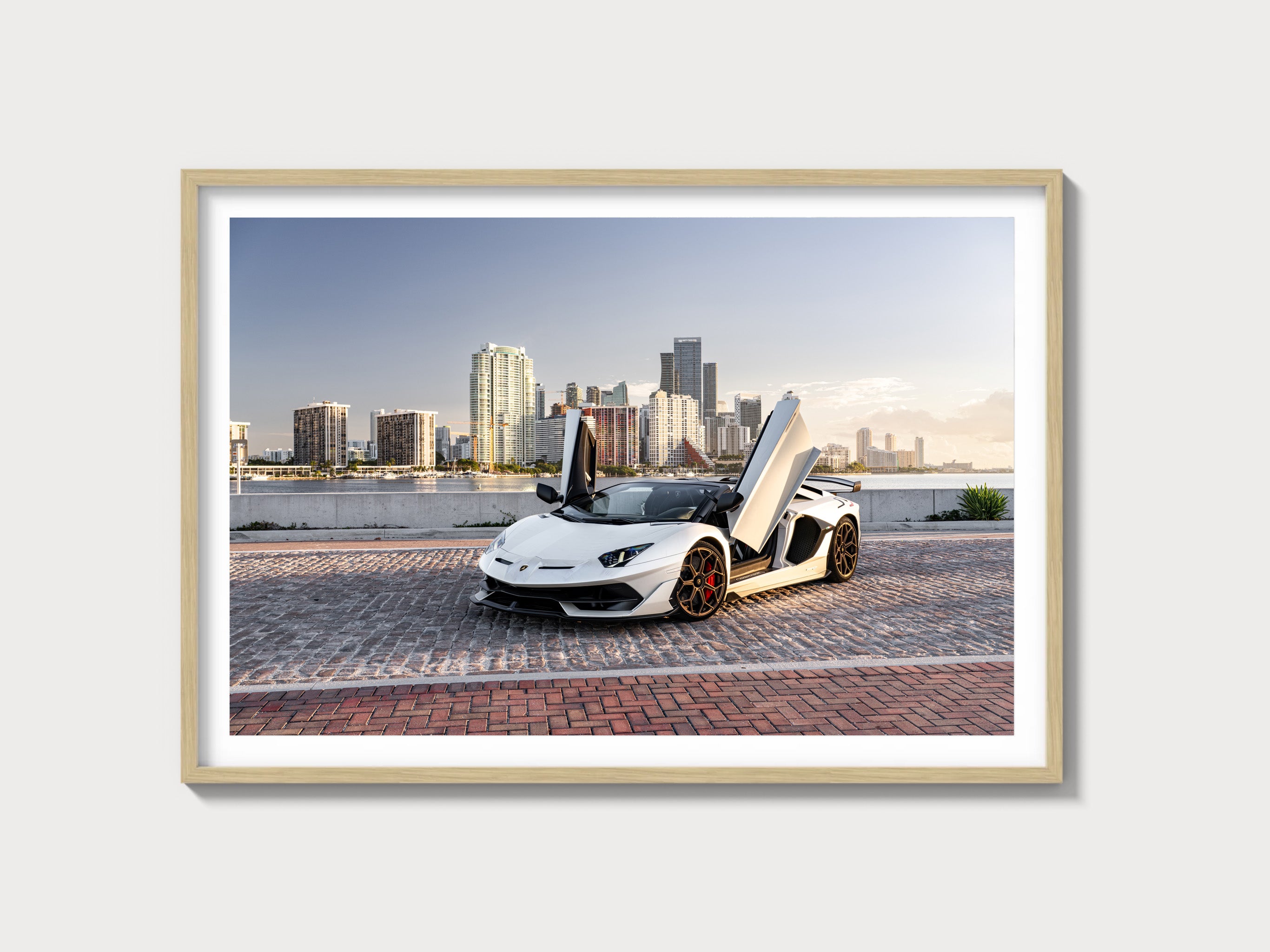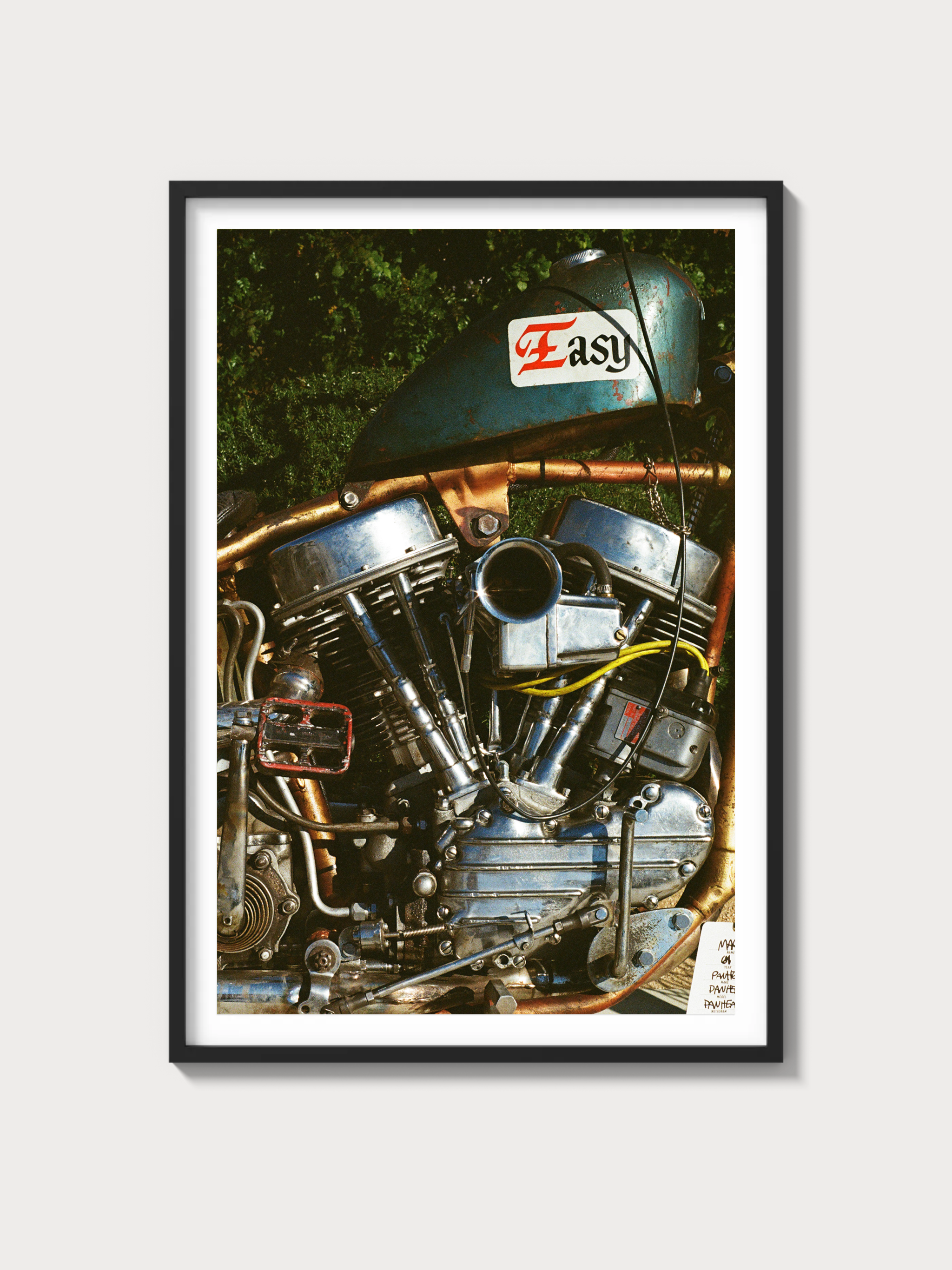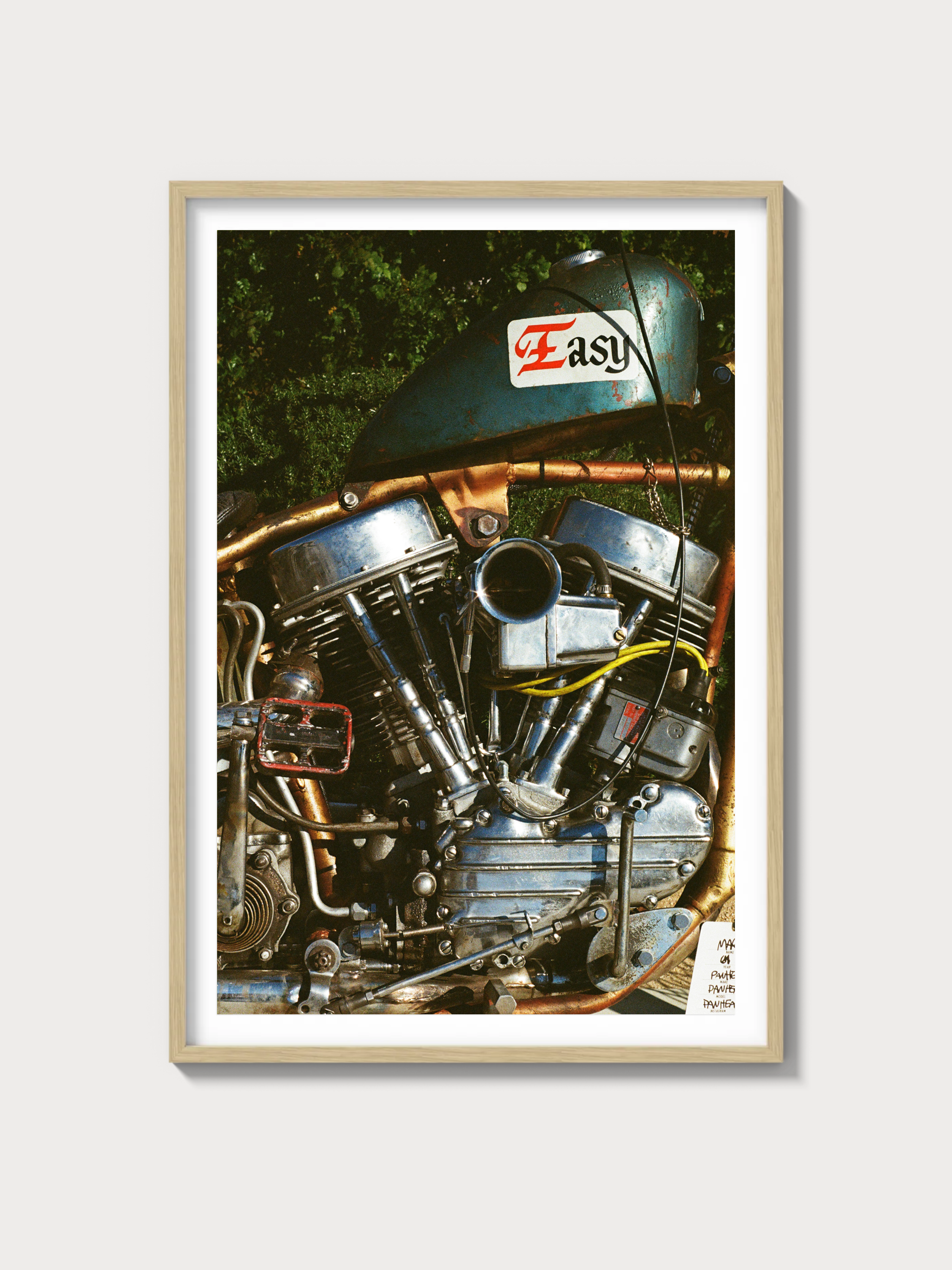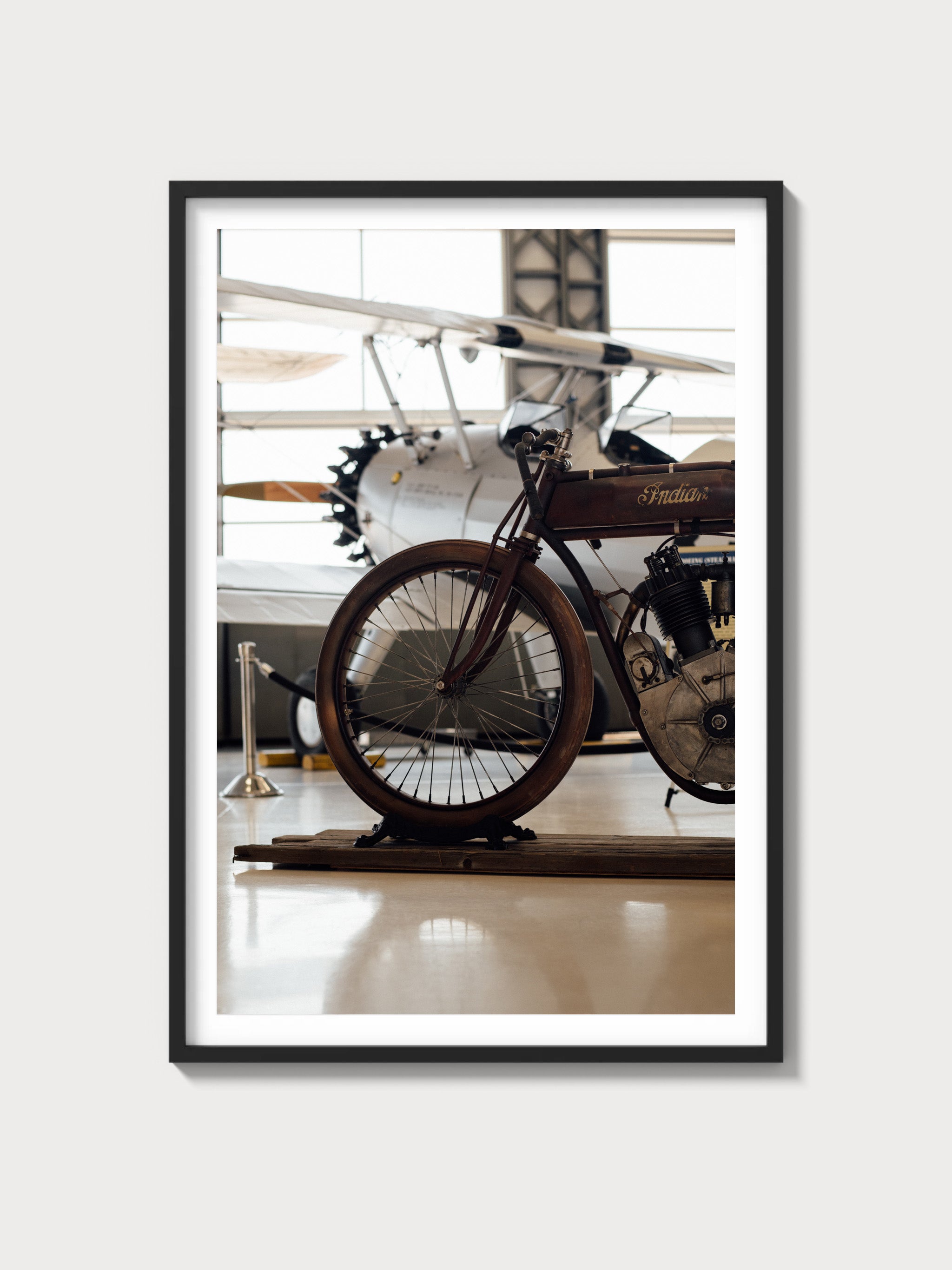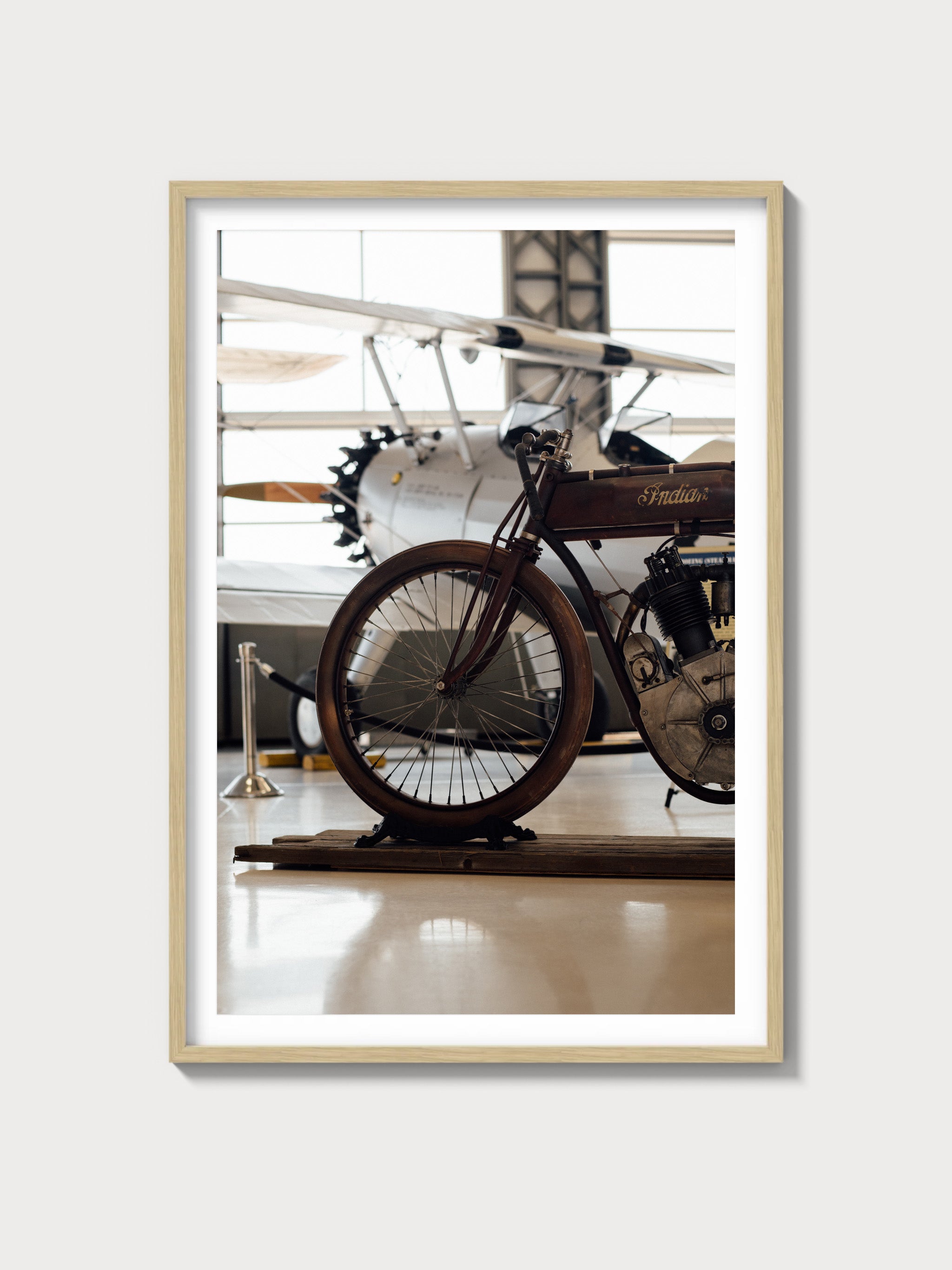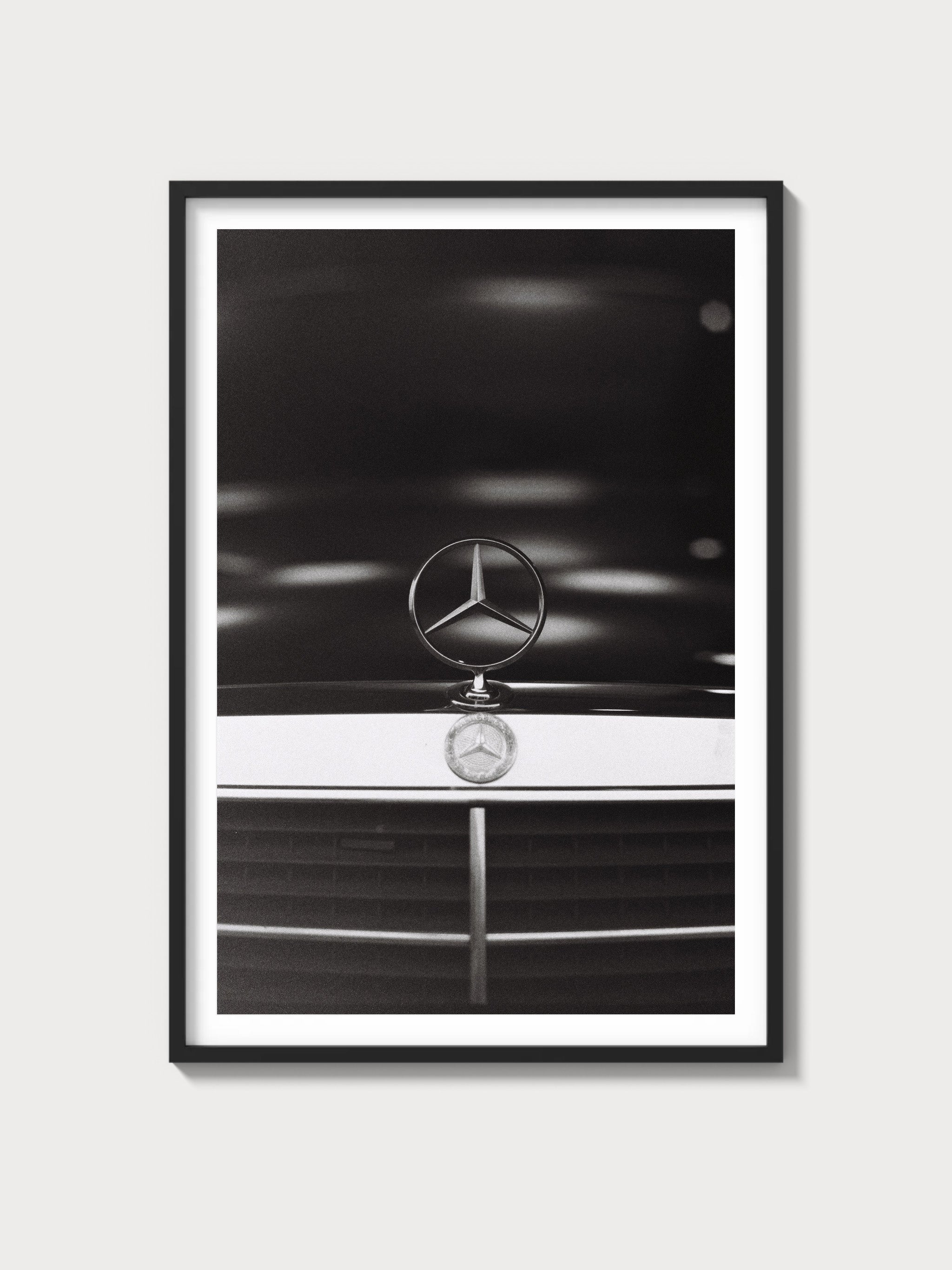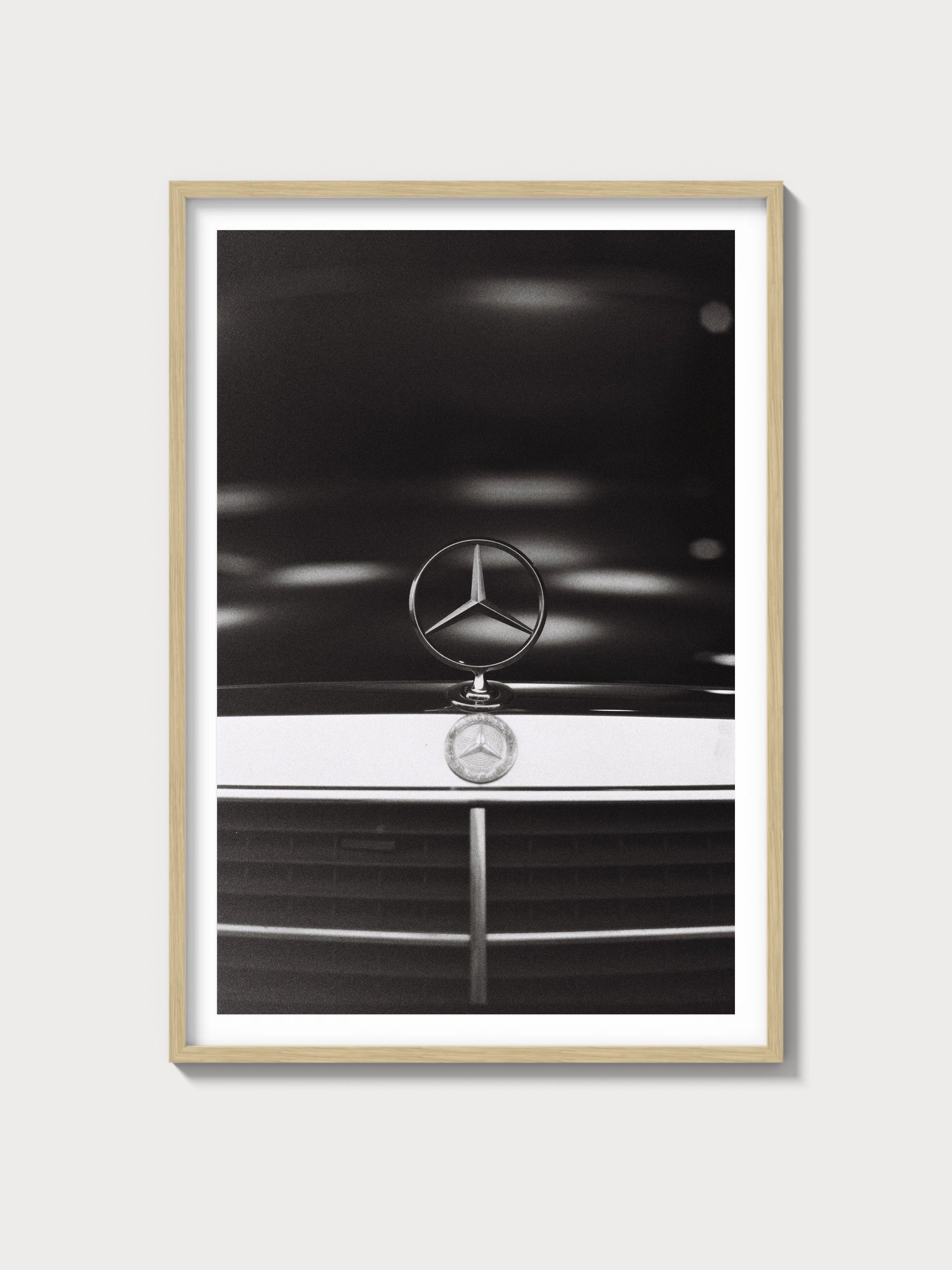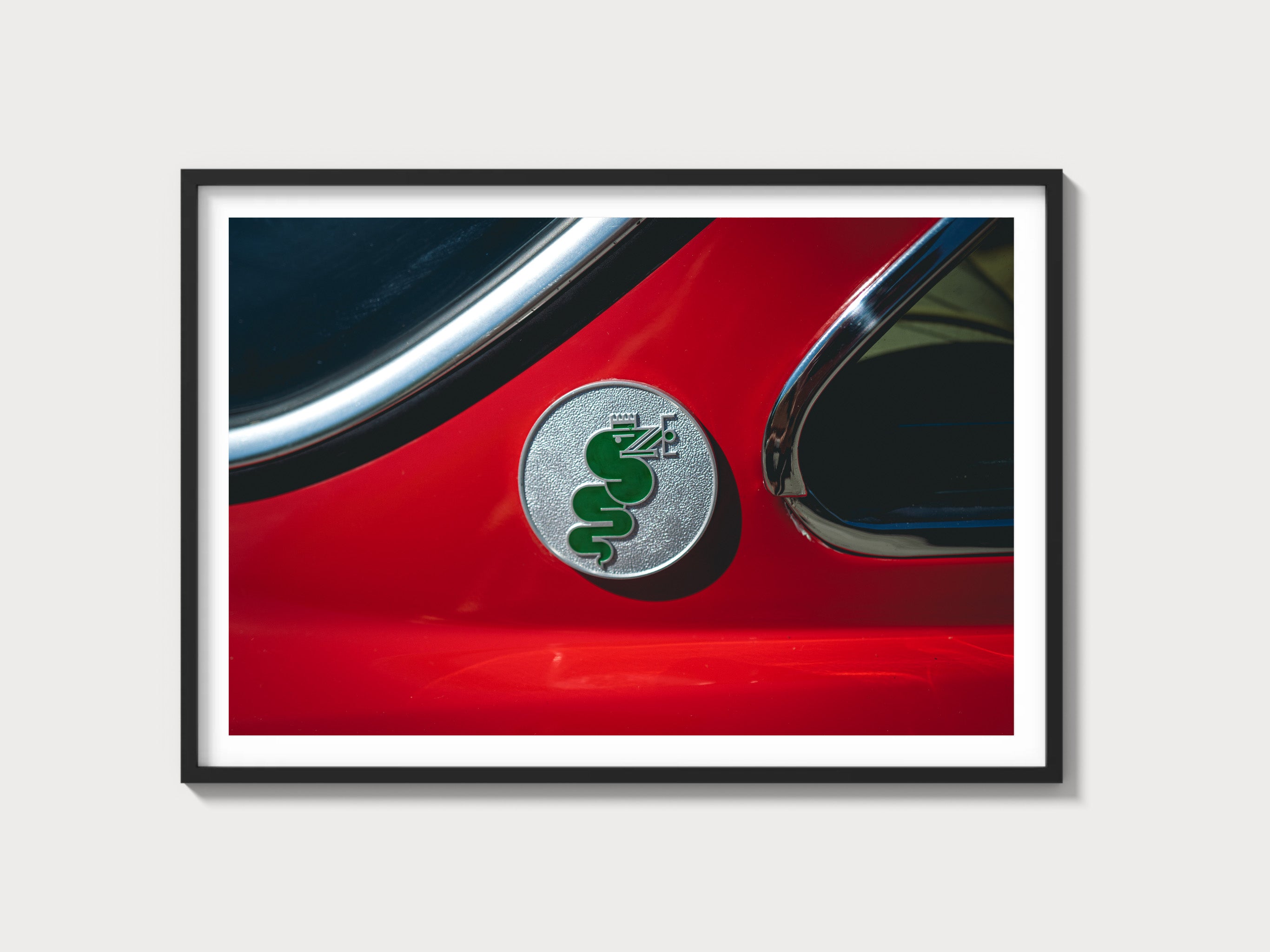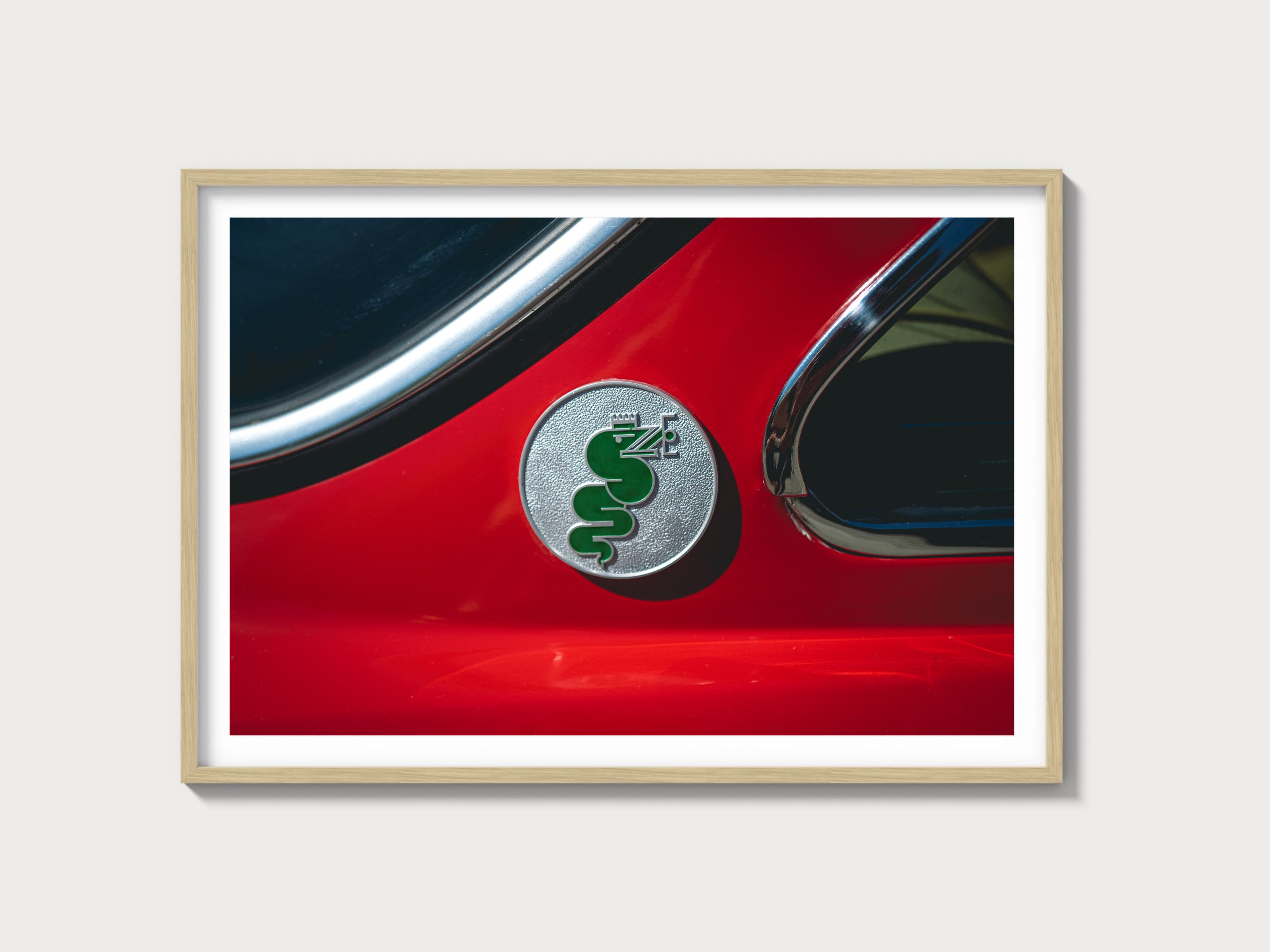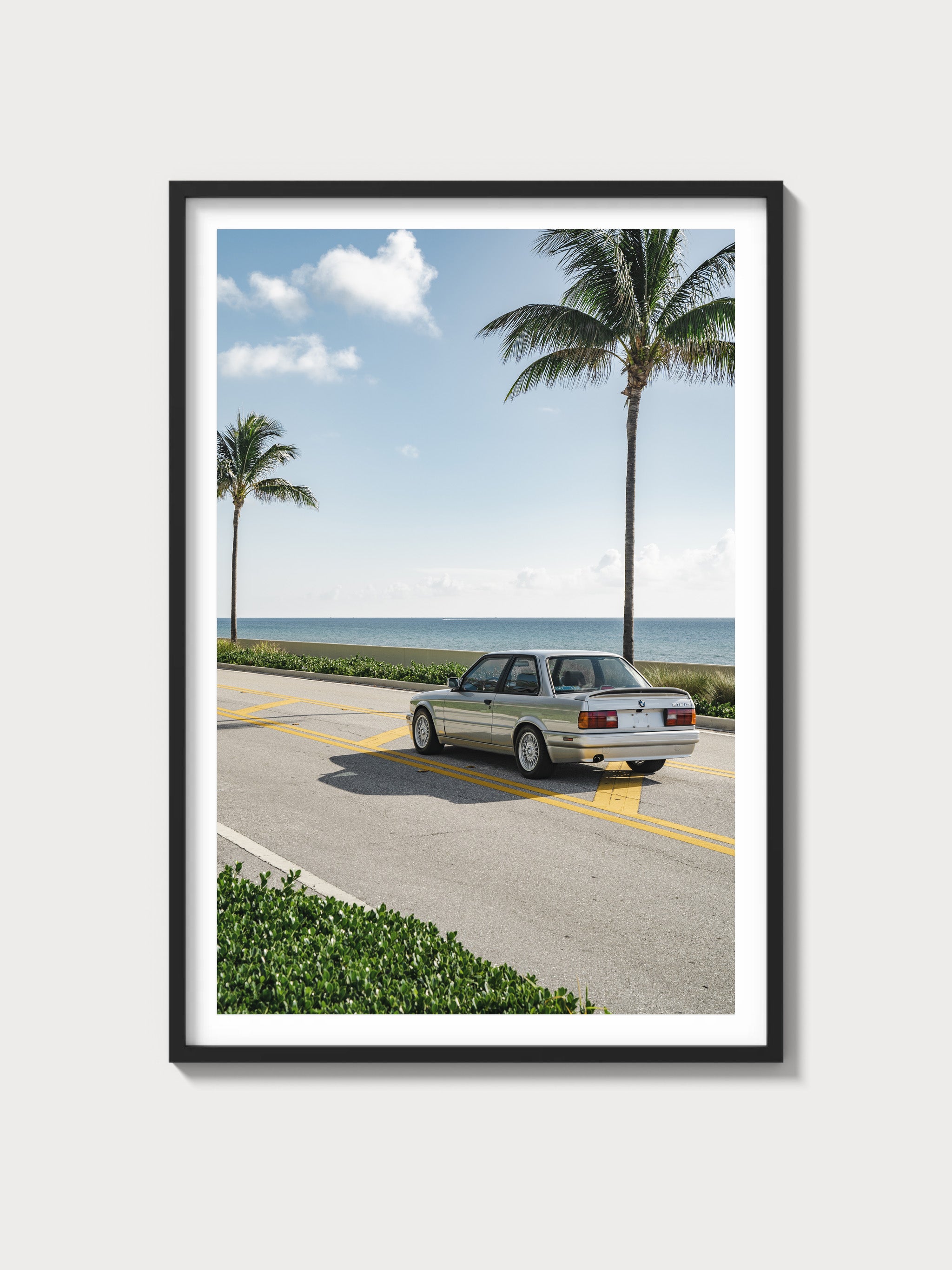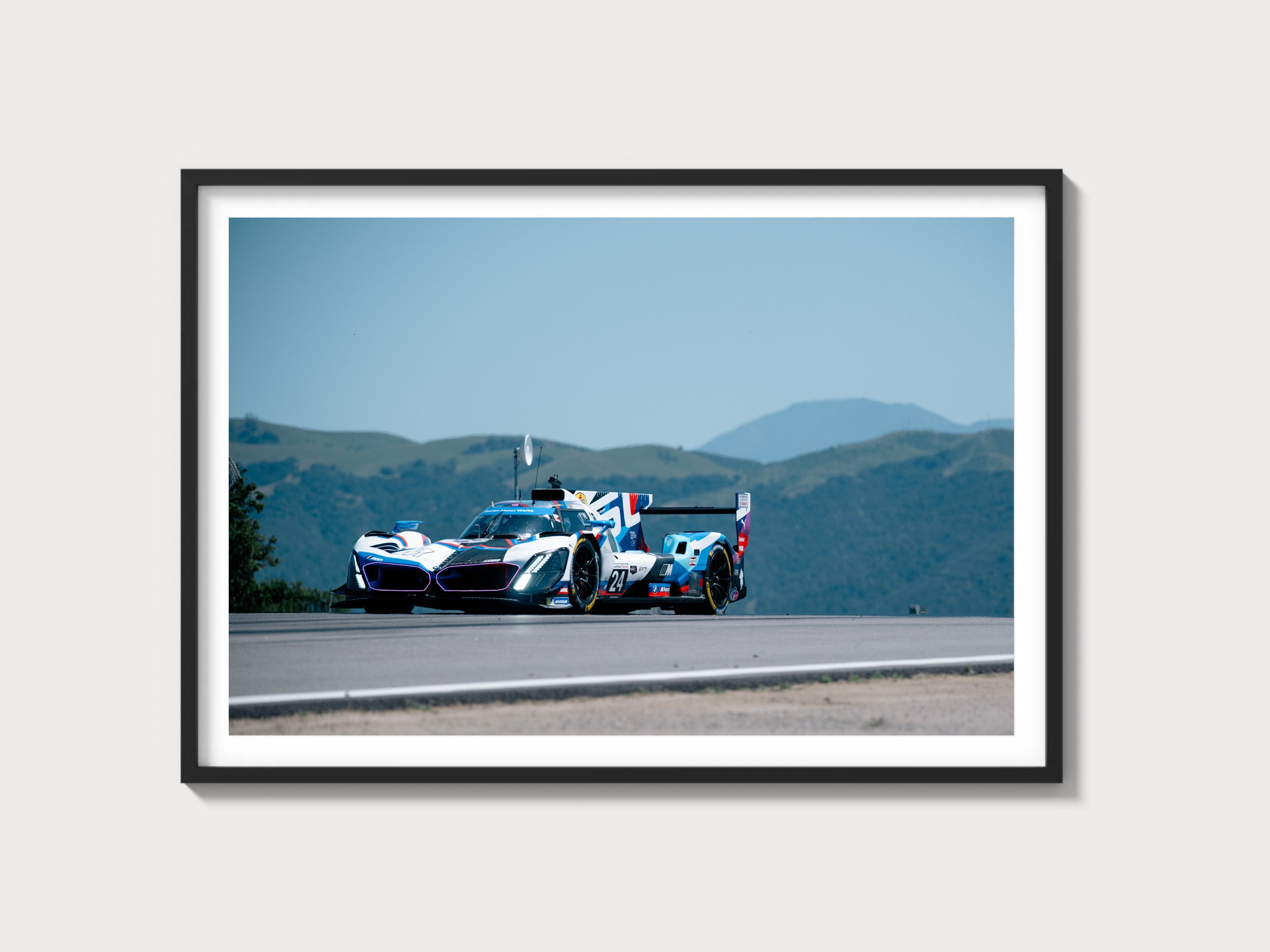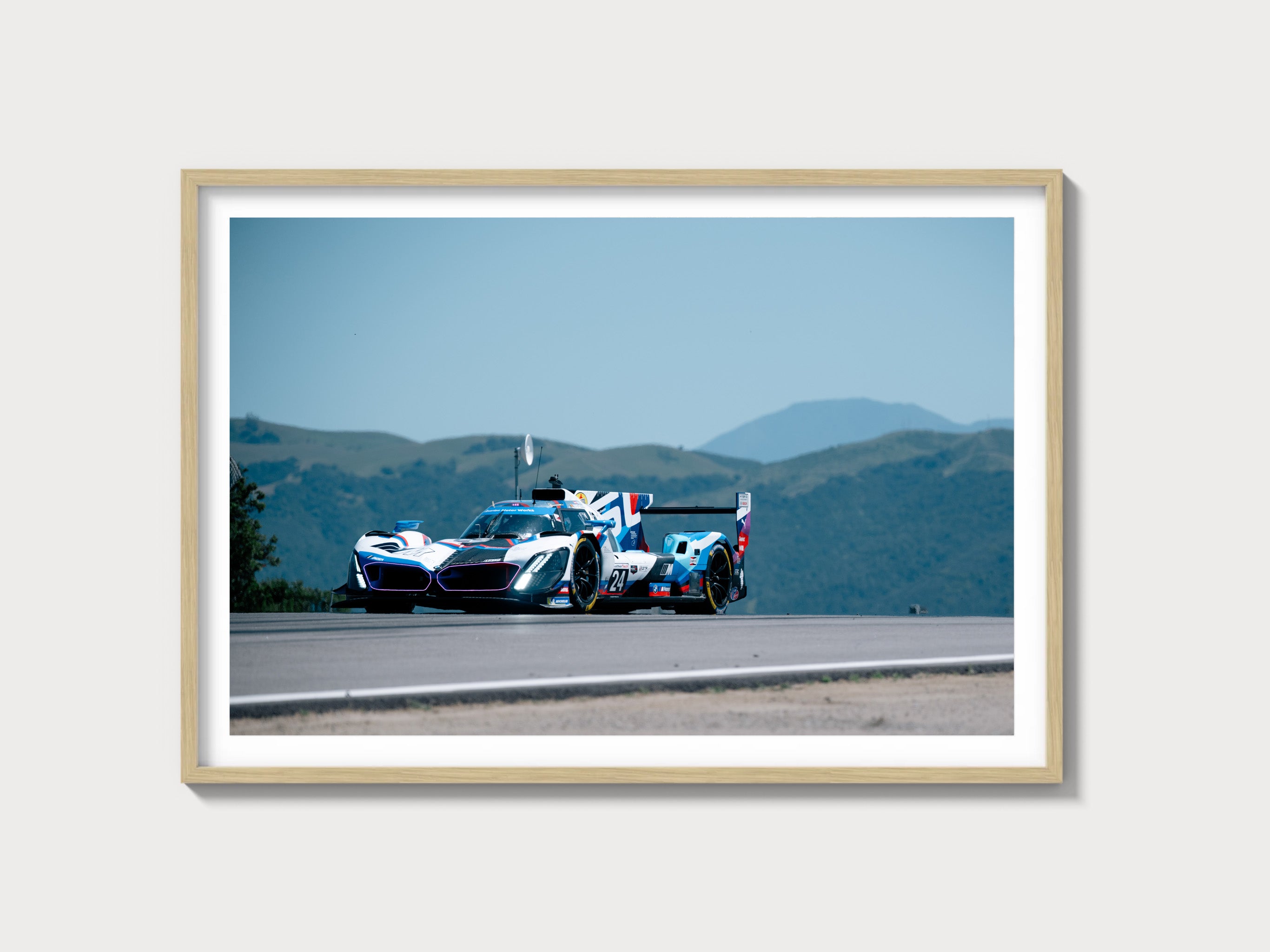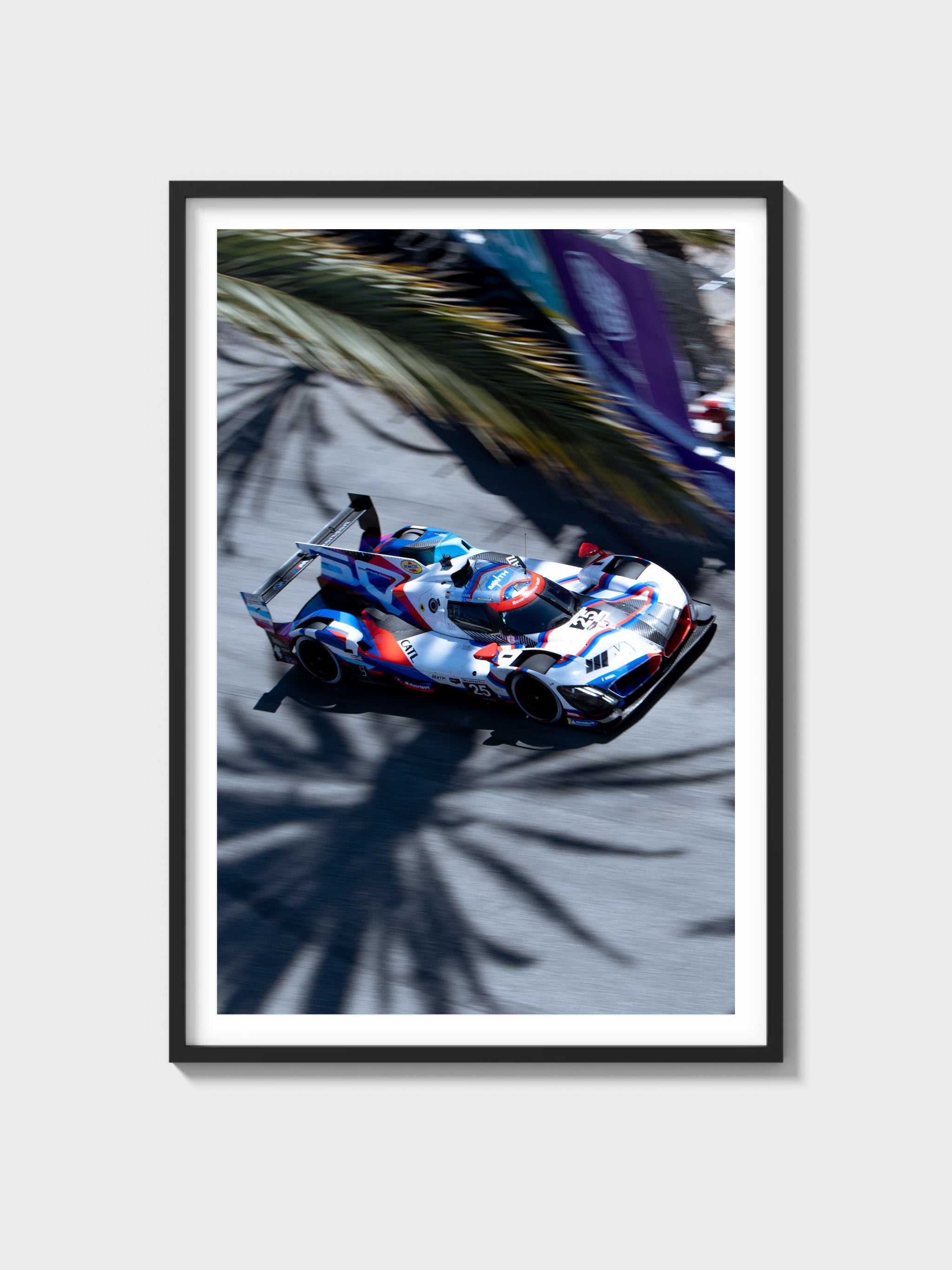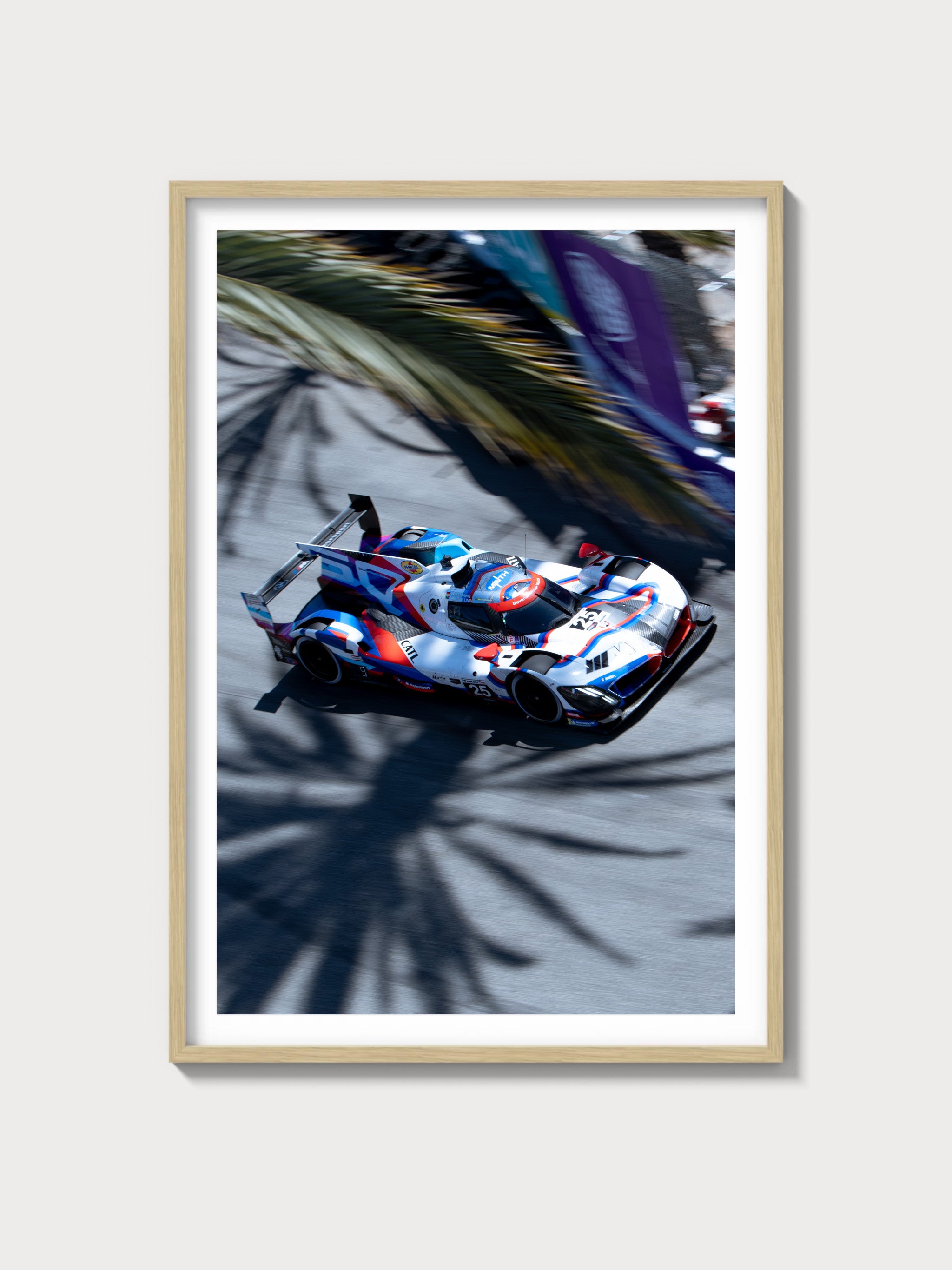1980–1984 Pontiac Phoenix Base (Second Generation)
The second-generation Pontiac Phoenix arrived for 1980 as Pontiac’s take on GM’s new X-body architecture, a front-drive compact engineered to be space-efficient and economical without abandoning Detroit familiarity. As the Base model in the range, the Phoenix distilled the formula to essentials: the sturdy 2.5‑liter "Iron Duke" four, straightforward hardware, and clean, understated styling. It was a pragmatic Pontiac for an era of fuel shocks and tightening emissions rules.
Historical context and development background
GM’s X-body program—Chevrolet Citation, Oldsmobile Omega, Buick Skylark, and Pontiac Phoenix—was conceived to replace the last of the big rear-drive compacts with a transverse-engine, front-drive package. The layout freed cabin and trunk space, pushed the cowl forward, and promised better traction in poor weather. Pontiac’s interpretation aimed to balance efficiency with a trace of the division’s traditional road feel.
Design-wise, early Phoenix models wore the family split grille and crisp hatchback profiles, aligning Pontiac’s identity with the clean, wind-cheating lines trending at the turn of the decade. A mid-cycle update brought more formal notchback cues, reflecting market tastes that were migrating from pure hatchbacks toward three-box silhouettes.
Corporate reality intruded: the X-cars became infamous for teething issues—most notably rear brake proportioning that could promote premature rear lock-up, along with drivability hiccups from early feedback-carburetion systems. These problems triggered significant recall activity and bruised GM’s reputation. While Chevrolet’s Citation X‑11 grabbed the motorsport headlines in SCCA Showroom Stock, the Phoenix largely stayed out of the limelight, serving as a competent commuter rather than a club-racing ringer.
Competitively, the Phoenix faced a crowded field: Ford’s Fairmont/Zephyr initially, quickly followed by the Chrysler K-cars (Aries/Reliant), and a steadily improving Japanese compact set led by Honda Accord and Toyota Corona. Within GM showrooms, the later J-body cars nipped at the Phoenix’s heels, further complicating its mission.
Engine and technical specs
The Phoenix Base standardized Pontiac’s 2.5‑liter OHV inline-four (the "Iron Duke"), an under-stressed, cam-in-block unit known more for longevity and low-end torque than specific output. A 2.8‑liter 60° V6 became the step-up option for buyers wanting smoother delivery and highway reserves, while upper trims paired appearance and suspension upgrades with the six.
| Engine | Configuration | Displacement | Horsepower (SAE net) | Induction | Redline | Fuel system | Compression | Bore x Stroke |
|---|---|---|---|---|---|---|---|---|
| 2.5L "Iron Duke" I4 | Inline-4, OHV, cast-iron block/head | 2.5 L (151 cu in) | Approx. 90 hp (varied slightly by year) | Naturally aspirated | ~5,000 rpm | Rochester Varajet 2SE feedback carburetor | ~8.2:1–9.0:1 (year/calibration dependent) | 4.00 in x 3.00 in |
| 2.8L 60° V6 (optional) | 60° V6, OHV | 2.8 L (173 cu in) | Approx. 115–135 hp (application dependent) | Naturally aspirated | ~5,500 rpm | 2-bbl carburetor (feedback on later years) | ~8.9:1 | 3.50 in x 2.99 in |
Transmissions included a workmanlike 4-speed manual and GM’s THM125 (3T40) 3‑speed automatic. The chassis combined MacPherson struts up front with a torsion-beam (twist-beam) rear axle and coils, front discs/rear drums, and power assist; upper trims could add thicker anti-roll bars and firmer shock/coil rates.
Driving experience and handling dynamics
The Base Phoenix’s appeal lies in its straightforwardness. The Iron Duke’s broad, low-rpm torque makes light work of stop-and-go traffic. With the 4-speed manual, throttle response is honest and tractable; the THM125 auto favors smoothness over snap, but its gearing suits the engine’s character and highway cruising. Road feel is filtered yet present—more substantial than many imports of the time—but isolation rather than razor-edged feedback was the brief.
Turn-in is tidy thanks to the front-strut geometry and a relatively short wheelbase. The torsion-beam rear works unobtrusively so long as the rear bushings and dampers are healthy; worn components can induce a sideways hop over mid-corner bumps. Braking, when brought up to spec and recall updates applied, is confidence-inspiring for the era, with predictable pedal travel. The optional V6 adds genuine midrange urgency and a smoother, less thrummy soundtrack without fundamentally changing the car’s easygoing demeanor.
Performance specifications
Figures below reflect typical results published by period U.S. road tests; year, equipment, and calibration affected outcomes.
| Drivetrain/Engine | Gearbox | 0–60 mph | Quarter-mile | Top speed | Curb weight | Layout | Brakes | Suspension |
|---|---|---|---|---|---|---|---|---|
| 2.5L I4 (Base) | 4-speed manual | ~11.5–13.5 s | ~18.2–19.0 s @ ~74–76 mph | ~100–105 mph | ~2,500–2,650 lb | Transverse FWD | Front discs / rear drums (power-assisted) | MacPherson strut (F) / torsion-beam (R) |
| 2.5L I4 (Base) | 3-speed automatic (THM125) | ~13.0–15.5 s | ~18.8–19.7 s | ~96–102 mph | ~2,550–2,700 lb | Transverse FWD | Front discs / rear drums | MacPherson strut (F) / torsion-beam (R) |
| 2.8L V6 (optional) | 3-speed automatic (THM125) | ~10.0–11.5 s | ~17.6–18.3 s | ~105–108 mph | ~2,650–2,800 lb | Transverse FWD | Front discs / rear drums | MacPherson strut (F) / torsion-beam (R) |
Variants and model line
Across the 1980–1984 run, the Phoenix line encompassed pragmatic entry-level models and more feature-rich trims. Body style availability evolved, with hatchbacks prominent early on and more formal sedans later.
| Trim/Edition | Years offered | Body styles | Engines | Key differences | Badging/appearance | Production numbers |
|---|---|---|---|---|---|---|
| Base ("Phoenix") | 1980–1984 | 2- and 4-door hatchback (early); later notchback sedans (availability varied by year) | 2.5L I4 standard; 2.8L V6 optional (market dependent) | Cloth/vinyl trims, manual windows/locks, basic gauges, steel wheels with covers | Plain "Phoenix" badging; brightwork varied by year | Not separately published by GM |
| LJ | 1980–1984 | As per Base for each year | 2.5L I4; 2.8L V6 optional | Added convenience features, upgraded upholstery, more sound deadening | LJ fender/quarter emblems; additional exterior bright trim | Not separately published by GM |
| SJ | Early 1980s (varied by market/year) | Primarily 2-door; availability varied | 2.8L V6 emphasized; higher-output calibrations available in period | Sport-oriented suspension tuning, gauge package, styled wheels; often firmer shocks/bars | SJ badging; blacked-out or color-keyed trim on some years | Not separately published by GM |
Color palettes, striping, and wheel designs varied year-to-year and by trim package; two-tone schemes and pinstriping were commonly available. Market focus was North America, with the bulk of volume in the United States and Canada.
Ownership notes
- Maintenance cadence: conventional 10W-30 oil changes at roughly 3,000–4,000 miles; ignition tune every 15,000–20,000 miles; spark plugs typically at ~30,000 miles; coolant service at ~24 months; brake fluid refresh at ~24 months; THM125 automatic fluid/filter every ~30,000–36,000 miles under severe service.
- Timing gear, not belt: the Iron Duke uses gear-driven cam timing (no timing belt to replace). Nylon/fiber cam gear wear can manifest as timing scatter or noise at higher mileage; steel replacement gears are a durable fix.
- Carburetion and drivability: feedback-carb systems (Rochester Varajet 2SE) require intact vacuum routing and sound electrical grounds. Hesitation and hot-start issues often trace to aged vacuum lines, choke pull-offs, or ECM/mixture control solenoid faults—straightforward to sort with methodical diagnosis.
- Brake-system health: ensure all factory recall remedies and service bulletins regarding proportioning valves and rear brakes have been applied. Use quality shoes/linings and correct adjustment to minimize rear lockup tendency.
- Chassis wear points: front control-arm bushings, strut mounts, and rear torsion-beam bushings affect tracking and ride; replacements are still obtainable thanks to parts commonality across X-bodies. Keep an eye on front wheel bearings and outer CV boots.
- Cooling and exhaust: radiator cores and heater cores can age out; the Iron Duke’s exhaust manifold is prone to cracking if mounts deteriorate—inspect for ticking on cold start.
- Rust watch: lower doors, rear wheel arches, hatch/trunk seams, and subframe mounts are typical corrosion points in salted climates. Solid shells save restoration budget.
- Parts availability: mechanical components interchange widely with other X-bodies; trim and model-specific interior plastics are scarcer and may require patient sourcing.
Cultural relevance and market perspective
The Phoenix is inseparable from the X-car story: ambitious engineering, huge sales at launch, and recalls that became a touchstone in discussions about Detroit’s quality struggles in the early 1980s. The car surfaces in period film and television as a background staple—an authentic slice of everyday Americana rather than a hero prop.
Collector interest centers on originality and condition. Base cars have a utilitarian charm, while well-kept SJ V6 examples appeal to enthusiasts curious about the era’s domestic front-drive dynamics. Public auction appearances are infrequent; when they surface, prices have historically remained modest, typically in the low four-figure range for driver-quality survivors, with exceptionally preserved, low-mileage cars commanding more.
FAQs
Is the 1980–1984 Pontiac Phoenix Base front-wheel drive?
Yes. The second-generation Phoenix rides on GM’s X-body front-wheel-drive platform with a transverse engine.
What engines were available on the Phoenix Base?
Standard fitment was the 2.5‑liter OHV inline‑four ("Iron Duke"). A 2.8‑liter 60° V6 was optional in many configurations and standard or strongly encouraged on sportier trims.
How powerful is the 2.5L Iron Duke in the Phoenix?
Factory ratings for Phoenix applications were around 90 hp (SAE net), with minor year-to-year calibration differences. Its appeal is usable low-end torque and durability.
What are common problems to check before buying?
Confirm completion of brake-related recalls; inspect for rear torsion-beam bushing wear, front control-arm bushings, and CV boots. Verify sound vacuum lines and proper function of the feedback carburetor. Check for rust at doors, arches, and subframe mounts.
How quick is a Phoenix Base?
With the 2.5L and manual gearbox, period tests commonly recorded 0–60 mph in the low-to-mid 12-second bracket; automatics were slower. Top speed for four-cylinder cars was roughly around the 100 mph mark, depending on gearing and conditions.
Does the Iron Duke use a timing belt?
No. It uses gear-driven cam timing, which removes belt service from the maintenance schedule.
Are parts still available?
Mechanical parts are generally obtainable due to commonality across X-body models. Correct trim, interior plastics, and model-specific fascia pieces are less abundant and may require specialty vendors or donor cars.
What’s the collector outlook?
Survivor-grade examples draw interest from marque historians and fans of early FWD domestics. Values have historically been modest; condition, originality, and documentation drive premiums.

